The Trip to Hong Kong: exploring a bold new capital of culture
A resilient desire to shift perceptions yet preserve heritage is driving a new energy in Hong Kong as the next generation creates a bold new capital of culture
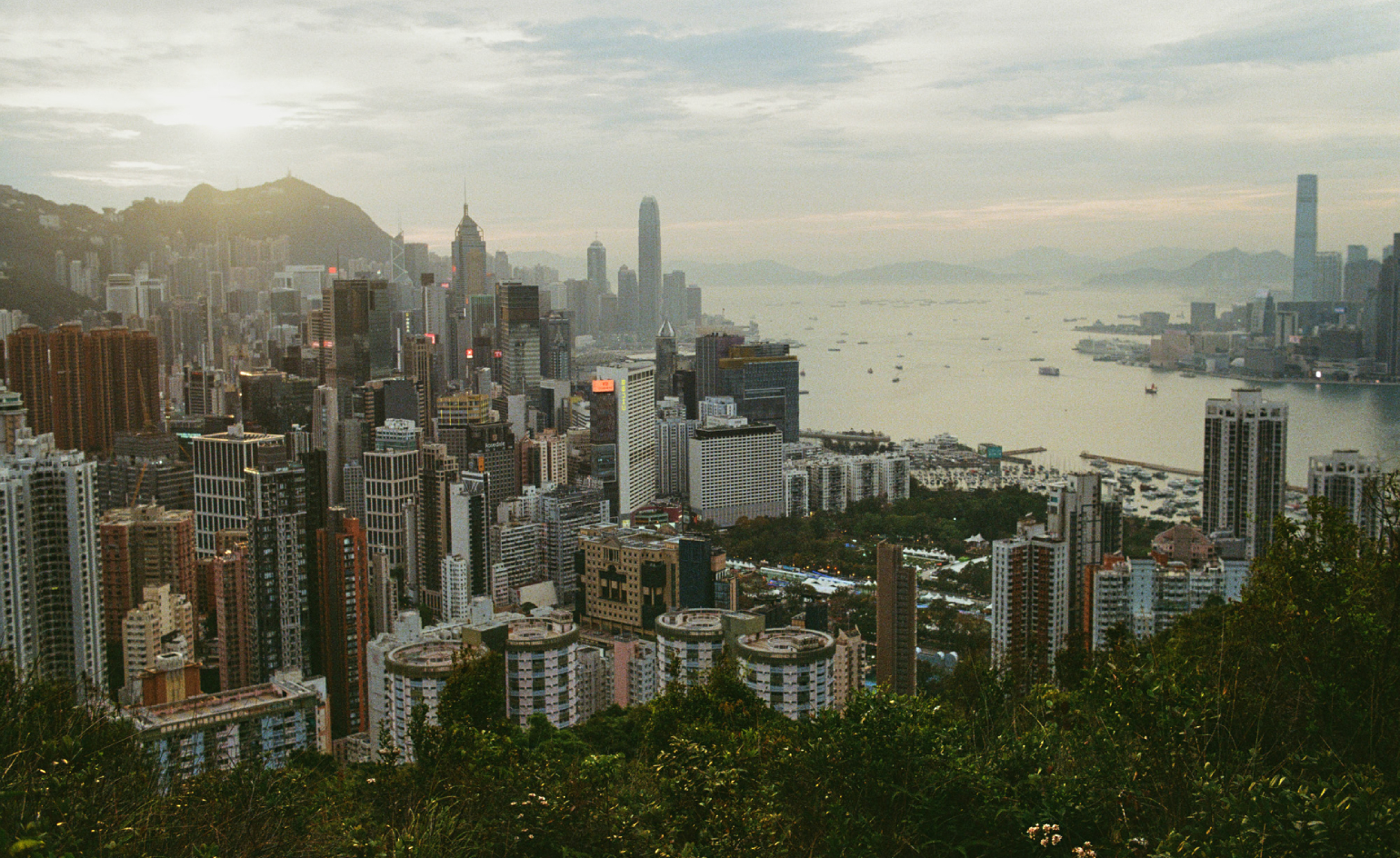
Few skylines are as instantly recognisable as Hong Kong’s. With its serrated silhouette of glass towers pressed up against jade-coloured peaks, it’s a city built on drama and contrast. But beneath this indelible cityscape lies a complex, multilayered metropolis, where colonial legacy, Cantonese tradition, entrepreneurial spirit and everyday street life intersect in one of the most densely populated environments on earth. From its landmark hotels and soaring luxury malls to the bustling street markets, Hong Kong has long been defined by its appetite for both the refined and the real. But to see only the surface is to miss what truly drives it.
The Trip to Hong Kong

Hong Kong’s golden age, in an economic sense, may have peaked in the 1980s and 1990s, when it was crowned the world’s gateway to China. Back then, it was the place where East met West, where deals were inked over long lunches, and the Star Ferry was both a symbol and a commute. Distinctive structures such as IM Pei’s Bank of China Tower, Norman Foster’s HSBC Building, and the Lippo Centre came to define the city’s vertical ambition.
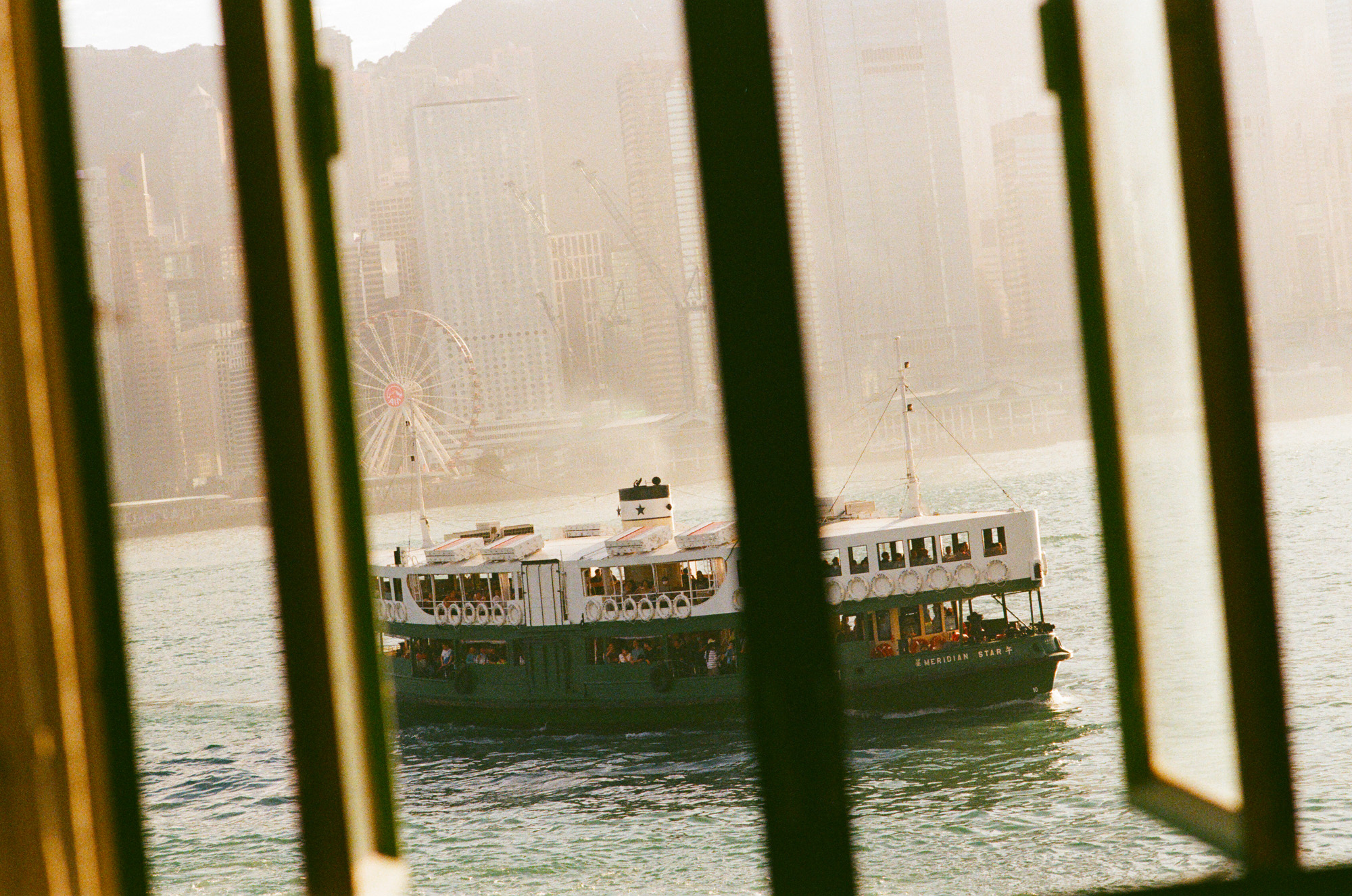
The Star Ferry carrying passengers across Victoria Harbour
But there’s far more to Hong Kong than serving as a global financial centre and a shopping paradise. Geographically, it borders Shenzhen to the north, with the South China Sea unfurling to its south. It’s made up of more than 260 islands and a swathe of peninsulas and bays, giving it a surprisingly vast spread of green space. In fact, more than 40 per cent of the land is protected country park, laced with hiking trails and secret beaches. Lantau is home to Big Buddha and under-the-radar beaches like Pui O. While on Hong Kong Island, you can hike Dragon’s Back in the morning and have Michelin-starred dim sum for lunch.
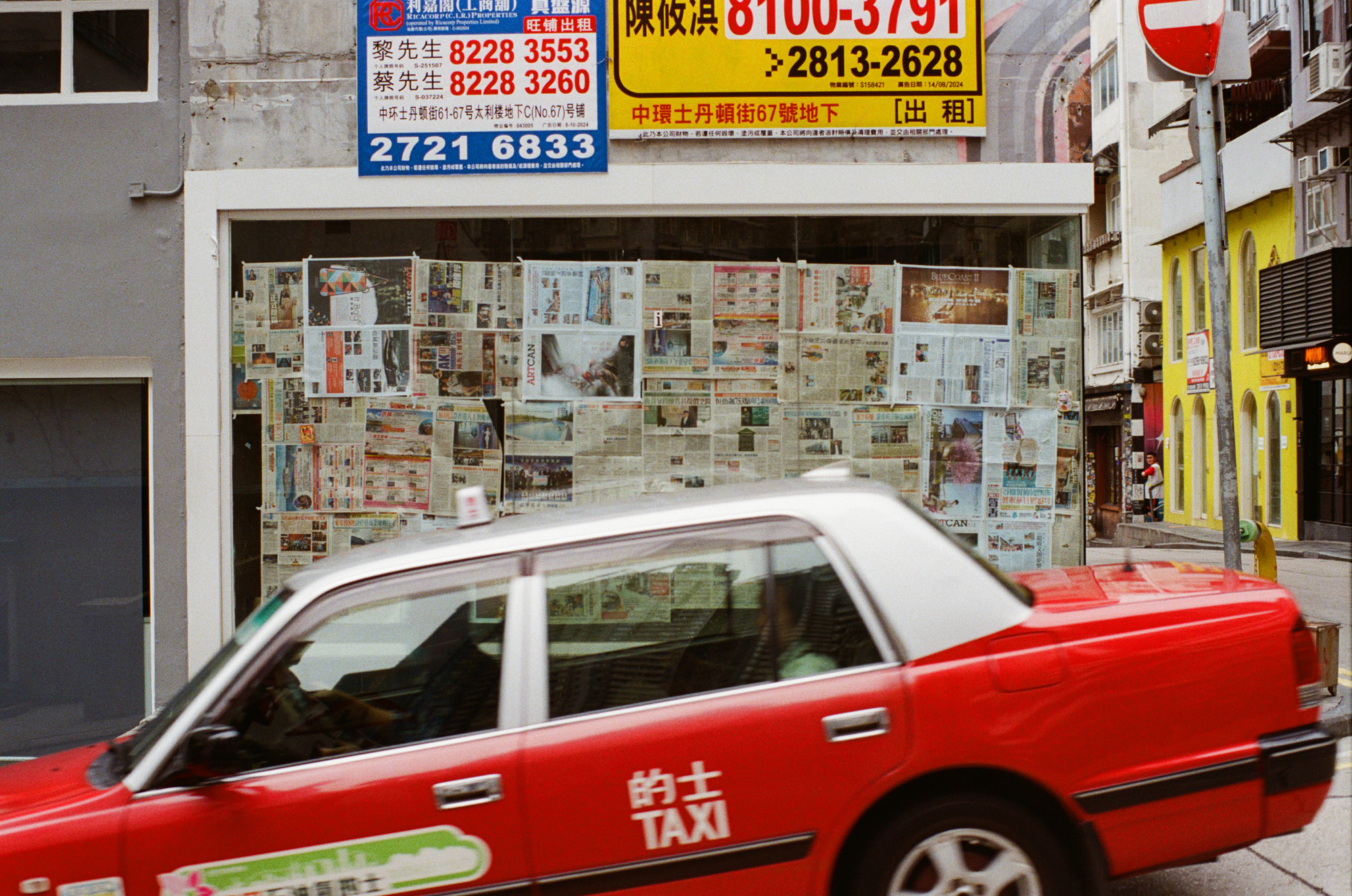
One of Hong Kong’s 18,000 taxis in Central (most are classic Toyota Comforts)
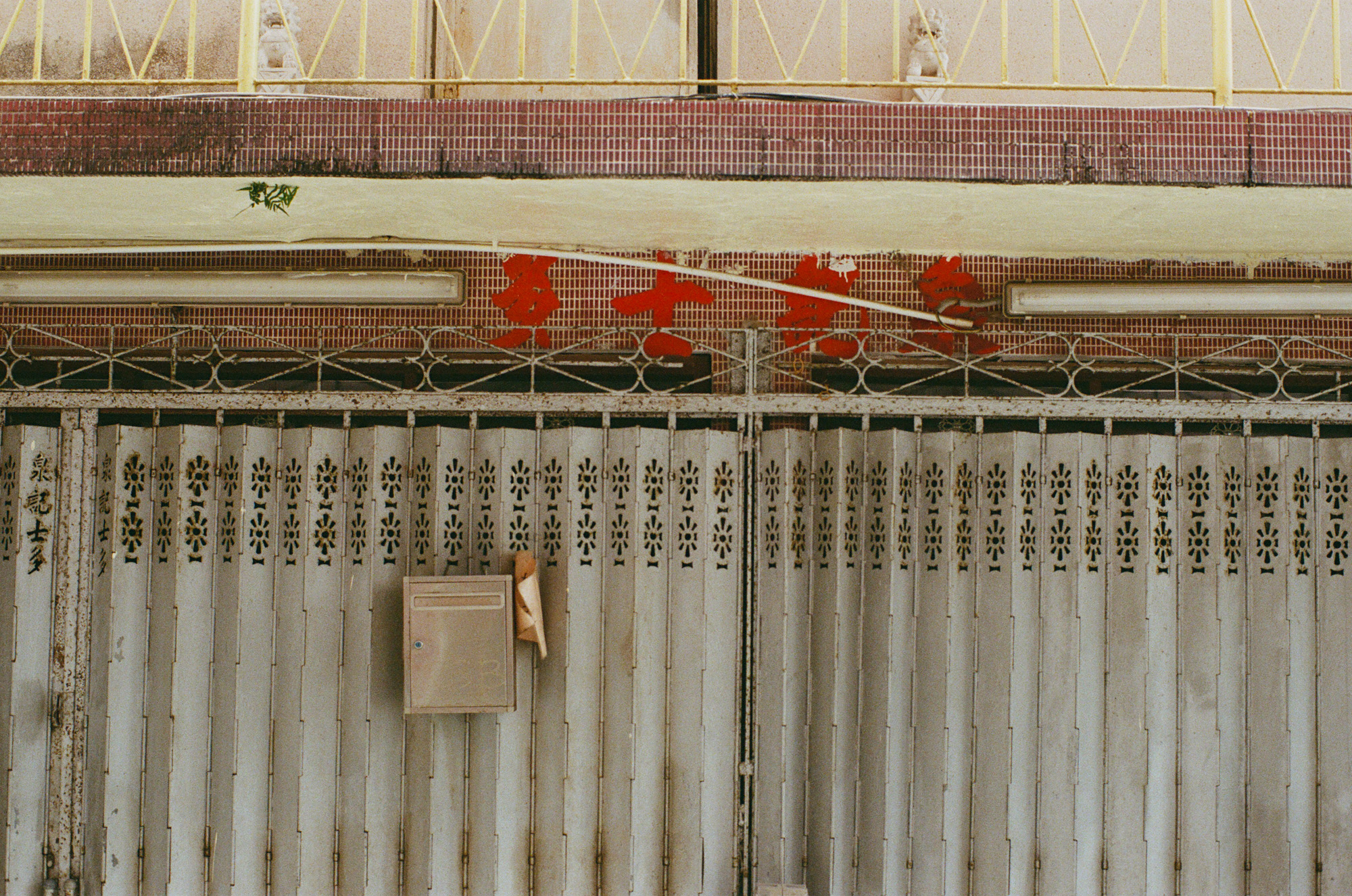
Patterned metal security shutters, such as here in Sha Tau Kok, are a common sight on Hong Kong streets, with some dating back to the 1950s
Colonised by the British in 1841, the city evolved from a fishing village into a global powerhouse, propelled by its strategic location and deep-water port. The 1997 handover to China marked a new chapter, one defined by a complex balancing act. Fast forward to 2019 and Hong Kong found itself back in the headlines when widespread protests erupted in response to a proposed extradition bill, which many feared would erode the city’s legal autonomy. These demonstrations, followed closely by the pandemic, painted a picture of instability and, for many outsiders, it left an impression that Hong Kong had changed.
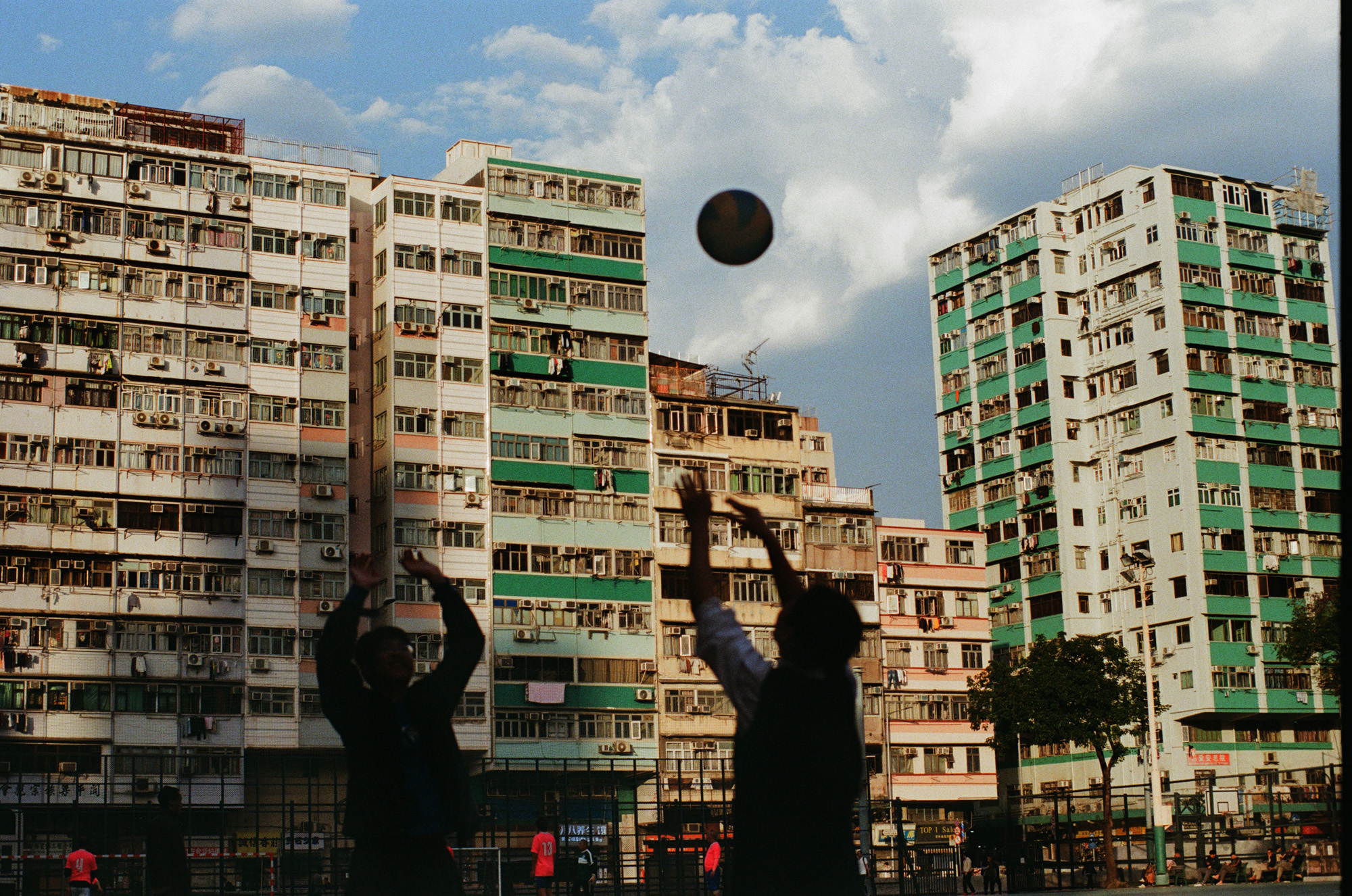
Maple Street Playground in Sham Shui Po
The truth is that Hong Kong has always been about resilience and, despite the headlines, the city is still as electric as always. For locals, daily life never stopped. Restaurants remained full, creativity never faltered, and the city quietly redefined itself yet again. As Arthur Bray of Yeti Out, a music collective and creative agency, puts it, ‘We created our own nine-to-five: from 9pm to 5am. The act of resistance became a career.’
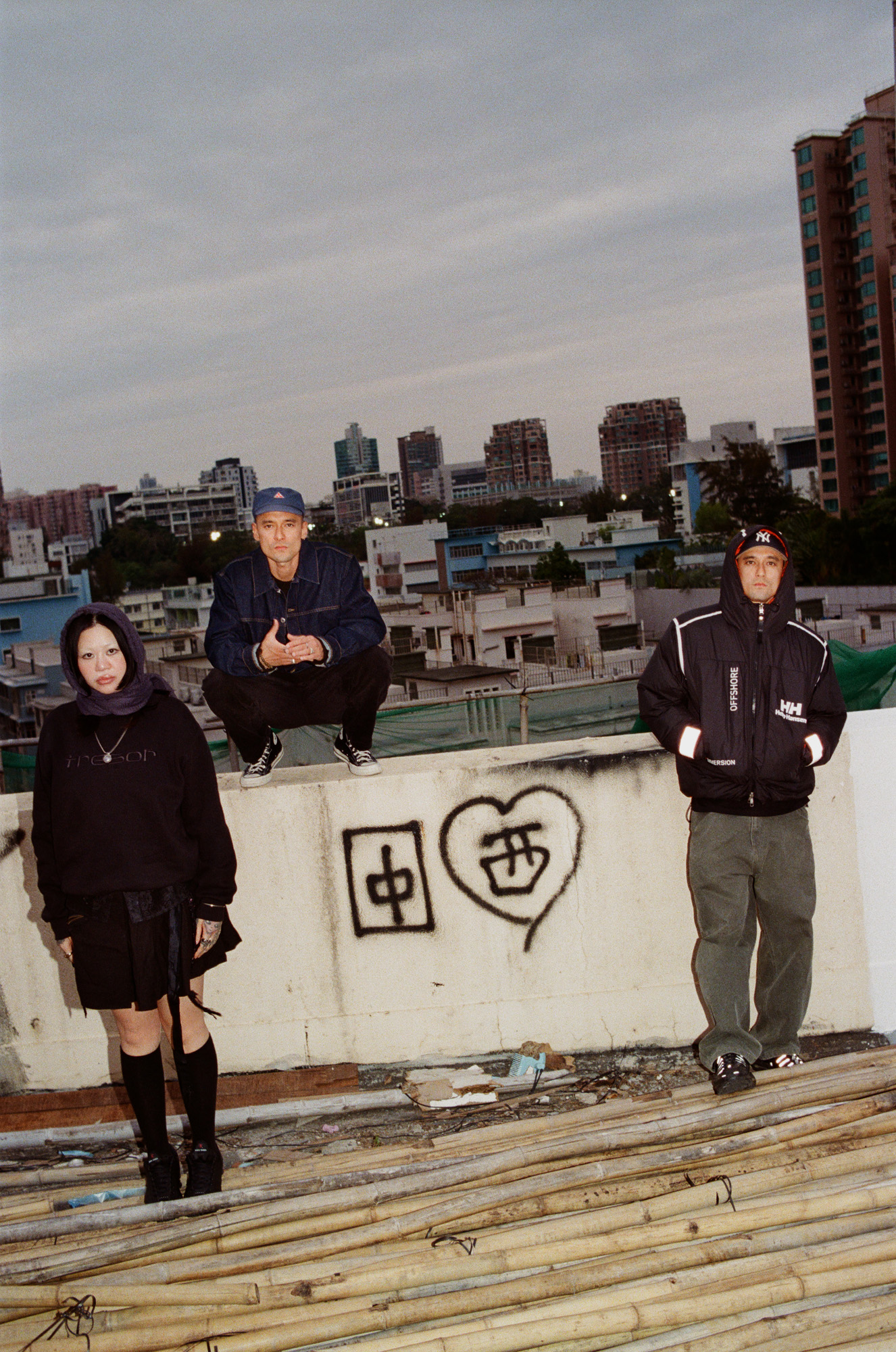
DJ Subez Yeti with Tom and Arthur Bray, co-founders of music collective Yeti Out
And much of this creative energy is flowing into projects reclaiming the city’s past. A place that bulldozed history in favour of high-rise progress, Hong Kong is not known for heritage preservation. But that tide is turning. Tai Kwun, once the Central Police Station Compound, has been reimagined by Herzog & de Meuron into a contemporary arts and culture complex. Nearby, Central Market, one of Hong Kong’s oldest wet markets and a Bauhaus landmark, has found new life as a hub filled with coffee shops, local design stores and community workshops. At PMQ, the former Police Married Quarters have been transformed into a creative space, housing indie boutiques and design studios, while in Tsuen Wan, The Mills has given a former textile factory a second life as a centre for innovation and cultural experimentation. More than just smart repurposing, these are thoughtful interventions – spaces that reflect a shifting mindset and honour the past while looking to the future.
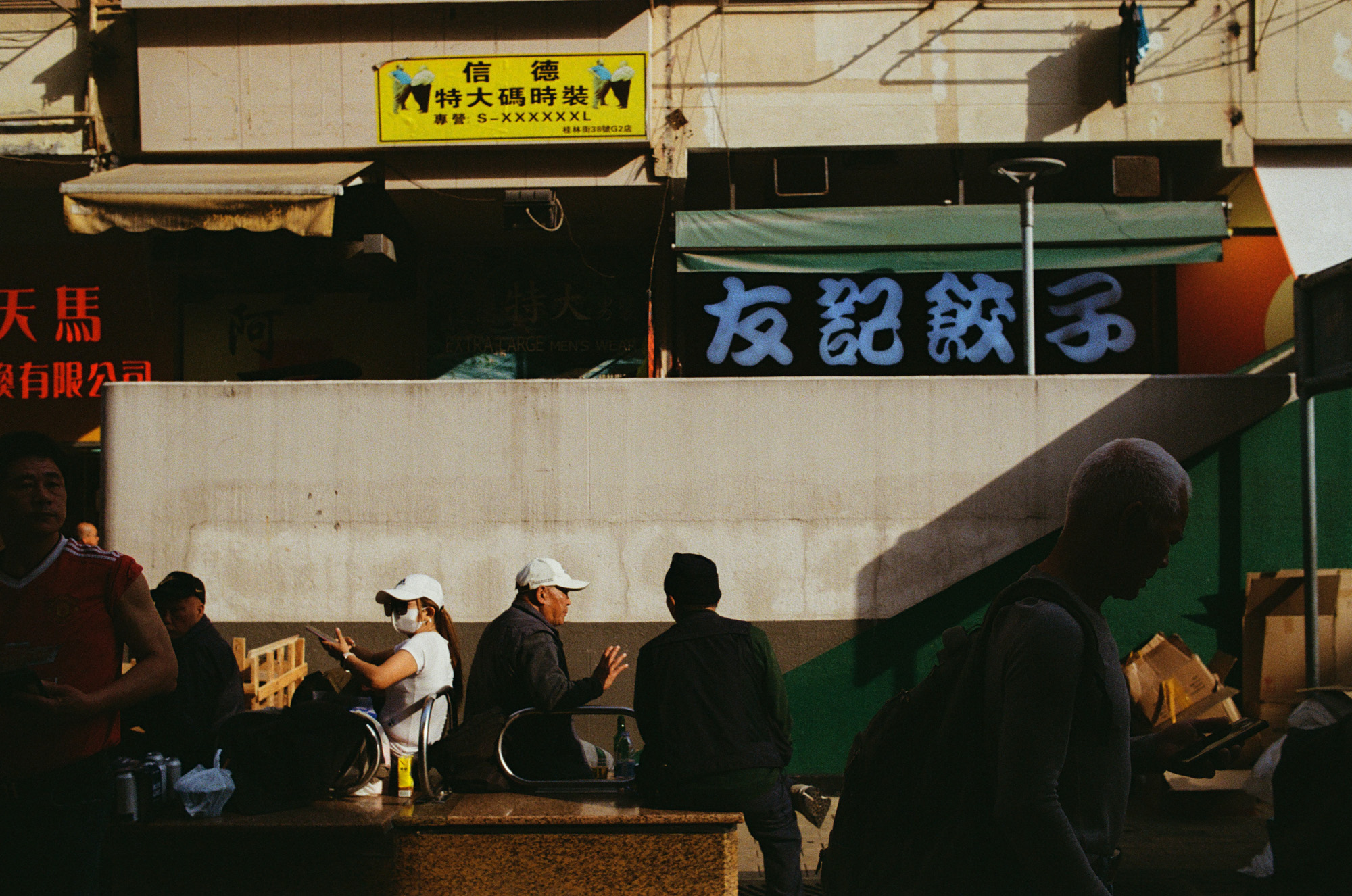
Street life in Sham Shui Po
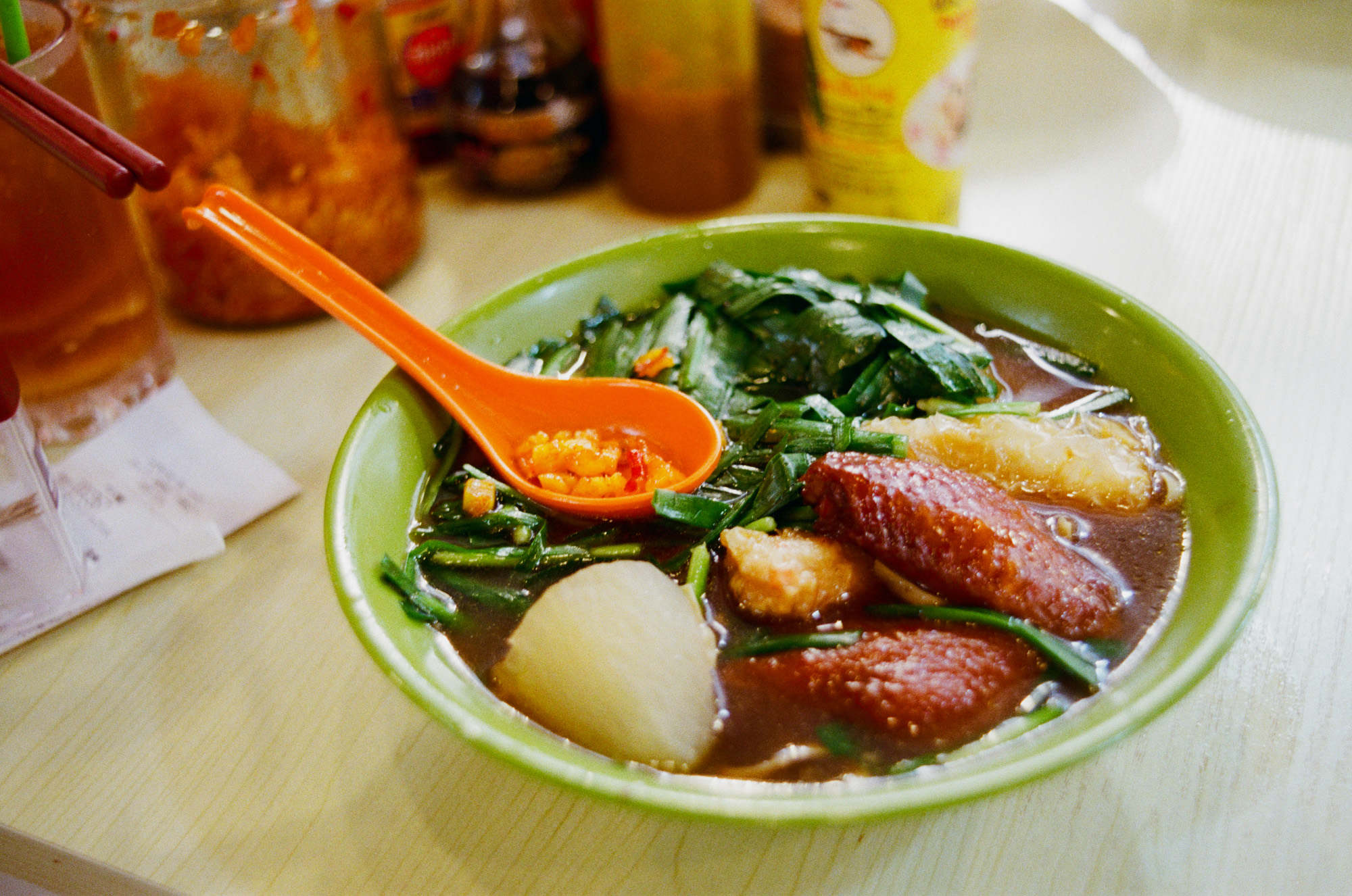
A bowl of cart noodles with chicken wings, Chinese chives and fish cake roll served with a spoon of fire-spicy pickles at Man Kee Cart Noodle in Sham Shui Po
Nowhere is this more evident than in Sham Shui Po, a neighbourhood in Kowloon that sits just north of the more polished enclaves of Tsim Sha Tsui and West Kowloon. A world away from the gloss of Central, it’s a district defined by grit, character and grassroots charm. Ground zero of Hong Kong’s public housing history, it’s where post war migrants settled, where markets buzz and neon still flickers. The buildings are aged, the community is tight-knit, and it’s one of the few districts where snake soup restaurants thrive alongside traditional tofu shops. Kung Wo Beancurd Factory, for example, has been in Sham Shui Po since 1960 and evokes nostalgia for many Hong Kongers with its retro interiors. Listed in the 2020 Michelin Guide, the shop makes fresh tofu daily and serves everything from delicious beancurd puffs to the signature silky smooth tofu puddings.
Receive our daily digest of inspiration, escapism and design stories from around the world direct to your inbox.
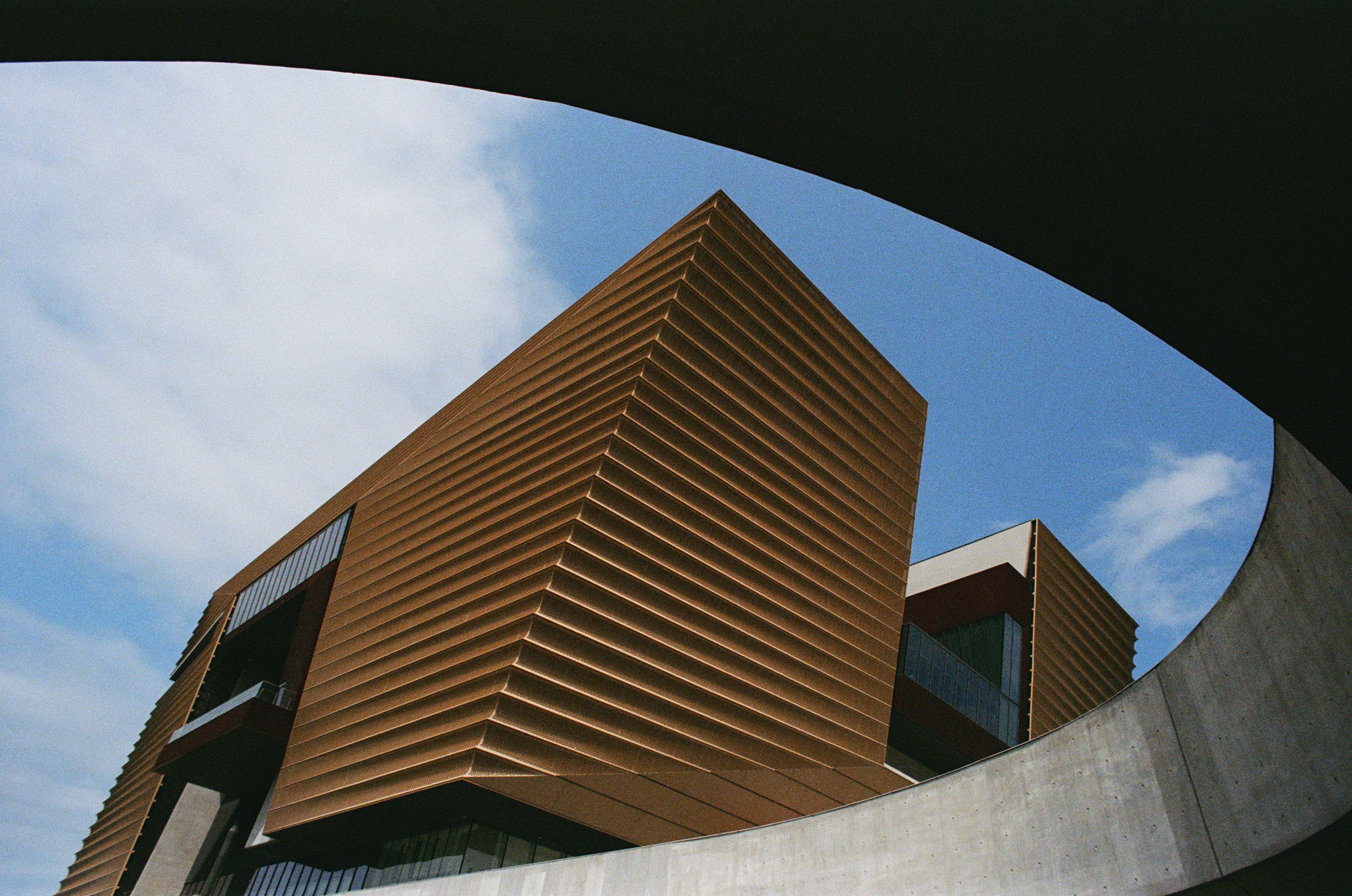
The Hong Kong Palace Museum, by Rocco Design Architects, in West Kowloon
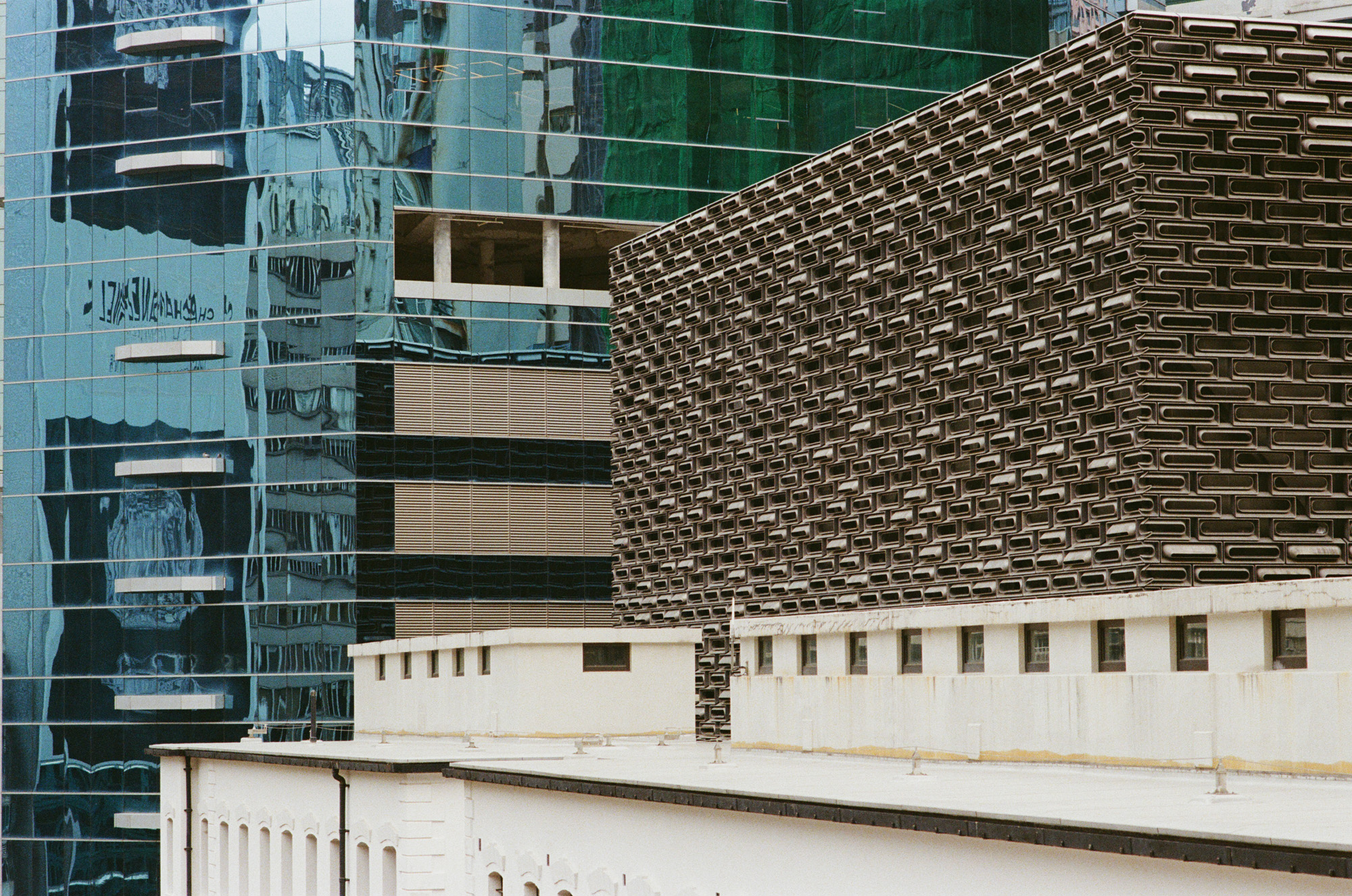
Herzog & de Meuron’s Tai Kwun cultural centre, as seen from the balcony of Tozzo Café
Once the city’s textile hub, Sham Shui Po has evolved but not erased its past, and today, creative forces are breathing new life into this vibrant neighbourhood. Tai Nan Street, in particular, has become a magnet for local design studios and alternative retail, where you’ll find everything from Savon, a minimalist workshop crafting handmade soaps, and Alri Star, a leather studio that offers workshops and shares its space with an upstairs art gallery, to Whatever Coffee, which describes itself as ‘Coffee. Sometimes gallery. Experimental.’ Gentrification here remains a point of debate, but the creative influx hasn’t smoothed over the area’s edges and, if anything, it fits right into Sham Shui Po’s textured character.
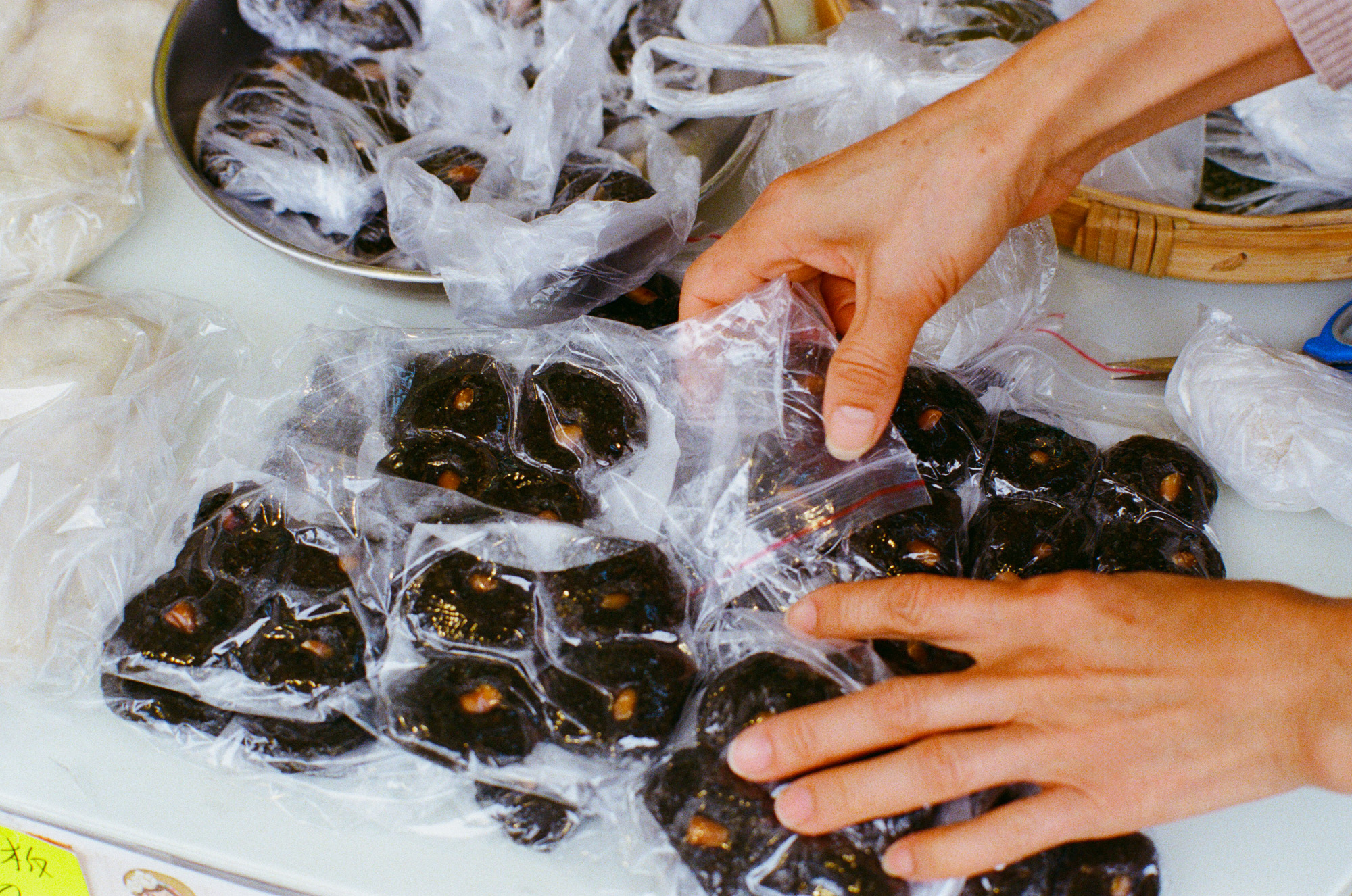
Hakka steamed rice cakes
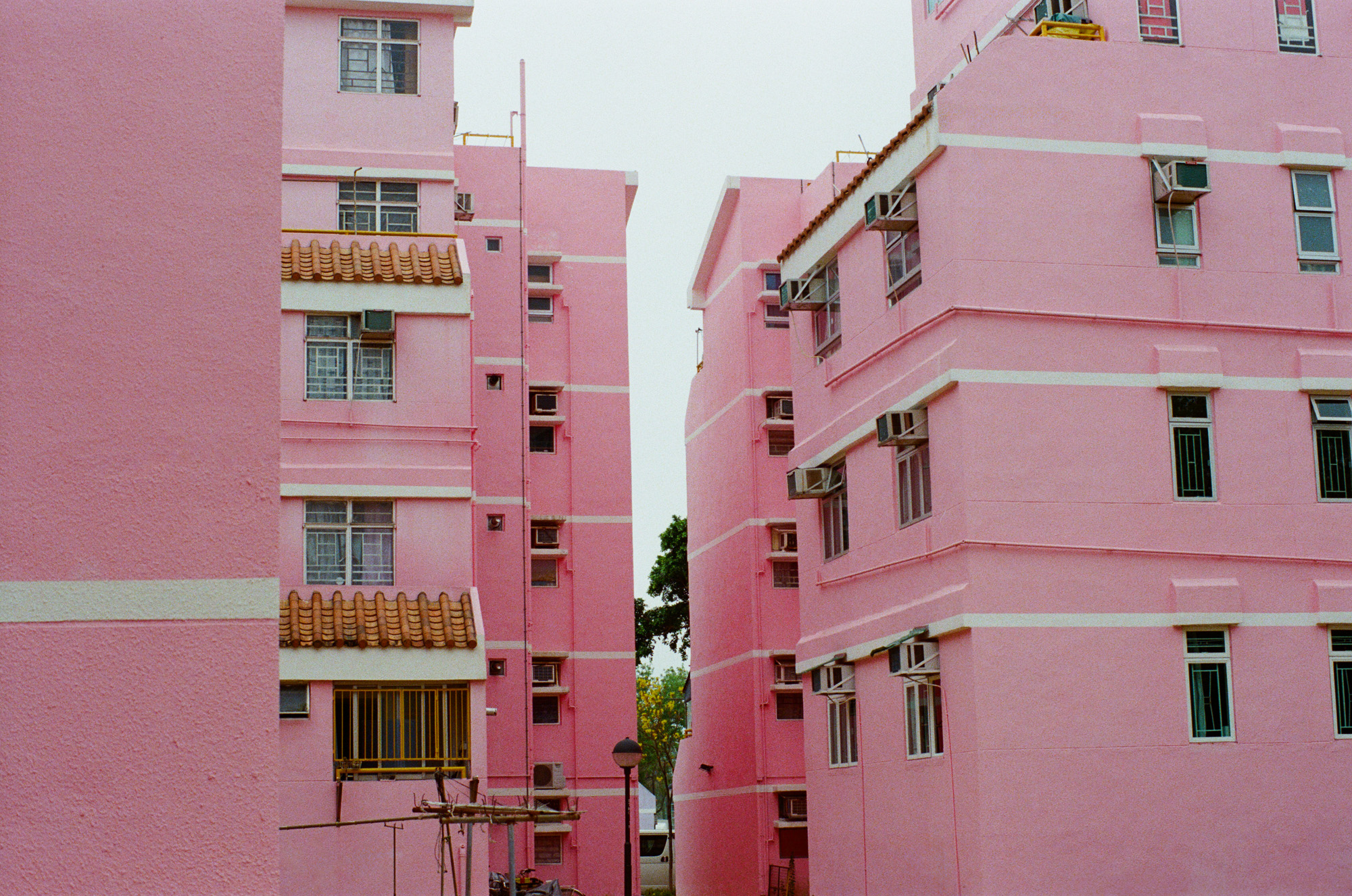
Pink public housing in Sha Tau Kok
One person actively preserving that past is sound artist Ka Yan Sze. Her work focuses on the dying Hakka villages in the New Territories, specifically those in and around Sha Tau Kok. Driven by conflict and land shortages in northern China, the Hakka (a Han Chinese subgroup) settled in the remote, hilly parts of the New Territories – a large region that runs from the northern edge of Kowloon to the border with mainland China – building rural villages that thrived with farming communities and family clans. But as younger generations left for urban opportunities, many of these villages were gradually abandoned, and the traditions tied to them have quietly begun to fade. From Sha Tau Kok, a restricted town on the border of mainland China, where residents need special permits to live and visitors require approval to enter, Sze works for the Association for Sha Tau Kok Culture and Ecology and runs her own cultural initiative, Fragrant Village. Through this, she’s building an art hub with plans to host artists-in-residence to work with the community and help document its fading traditions.
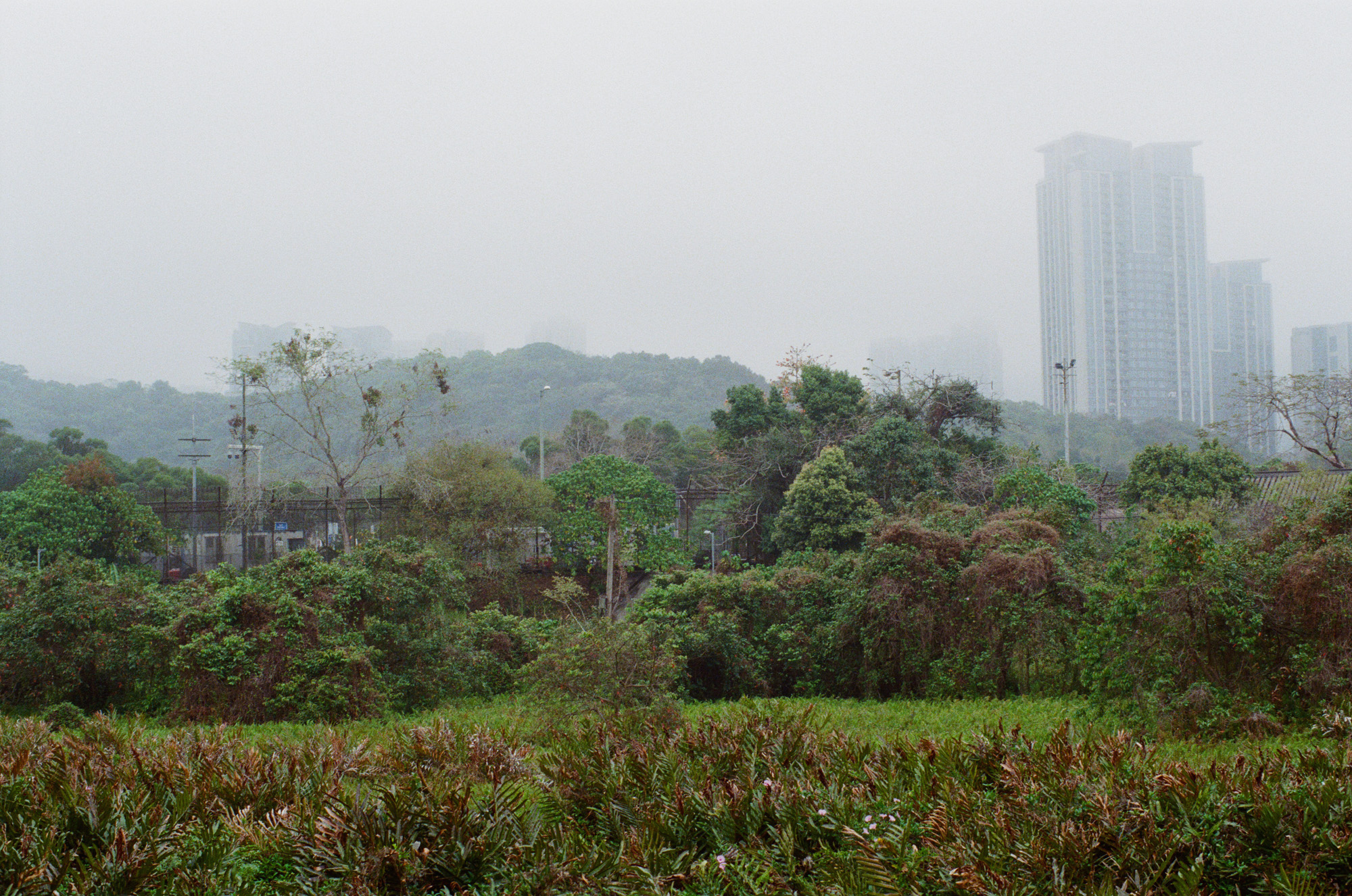
A view of the border with China from Sha Tau Kok
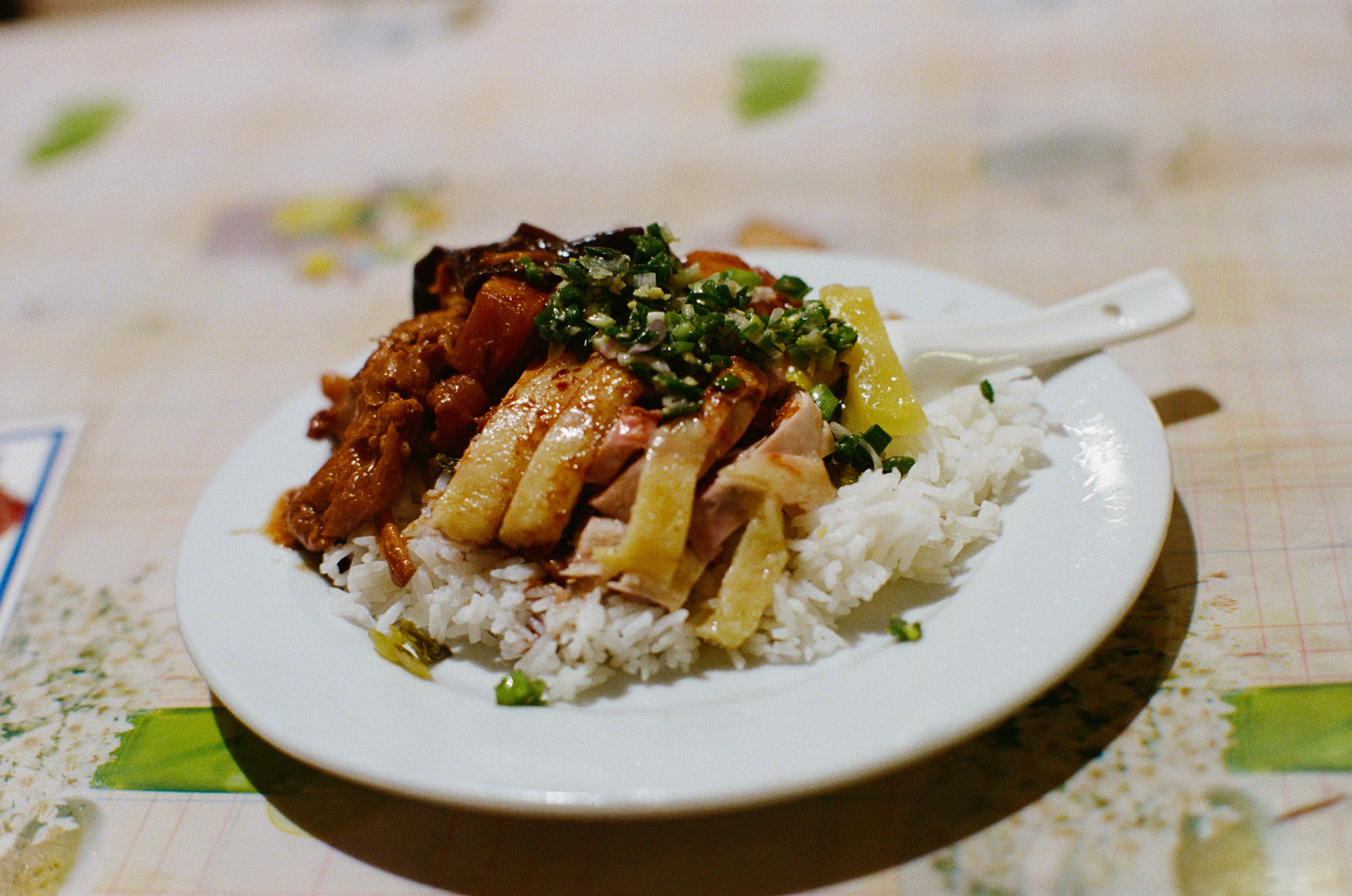
Marinated chicken with rice is a local delicacy in Sha Tau Kok
Sze has based herself at the end of a row of historic Cantonese shophouses, the two storey buildings with ground-floor shops and living quarters above that are emblematic of old Hong Kong street life. The longest row of shophouses to still exist in Hong Kong, it’s this atmospheric location that gives her easy access to the surrounding Hakka villages, where she travels to record former pupils of all ages singing their village school anthems. ‘These songs are the DNA of the villages,’ she says. ‘The lyrics describe the land, the beauty, the people. They connect generations.’ Sze has collected more than 30 of these anthems and is working on publishing a sound book as a kind of audio archive to ensure the stories of villages like Kuk Po – abandoned but not forgotten – are passed down.
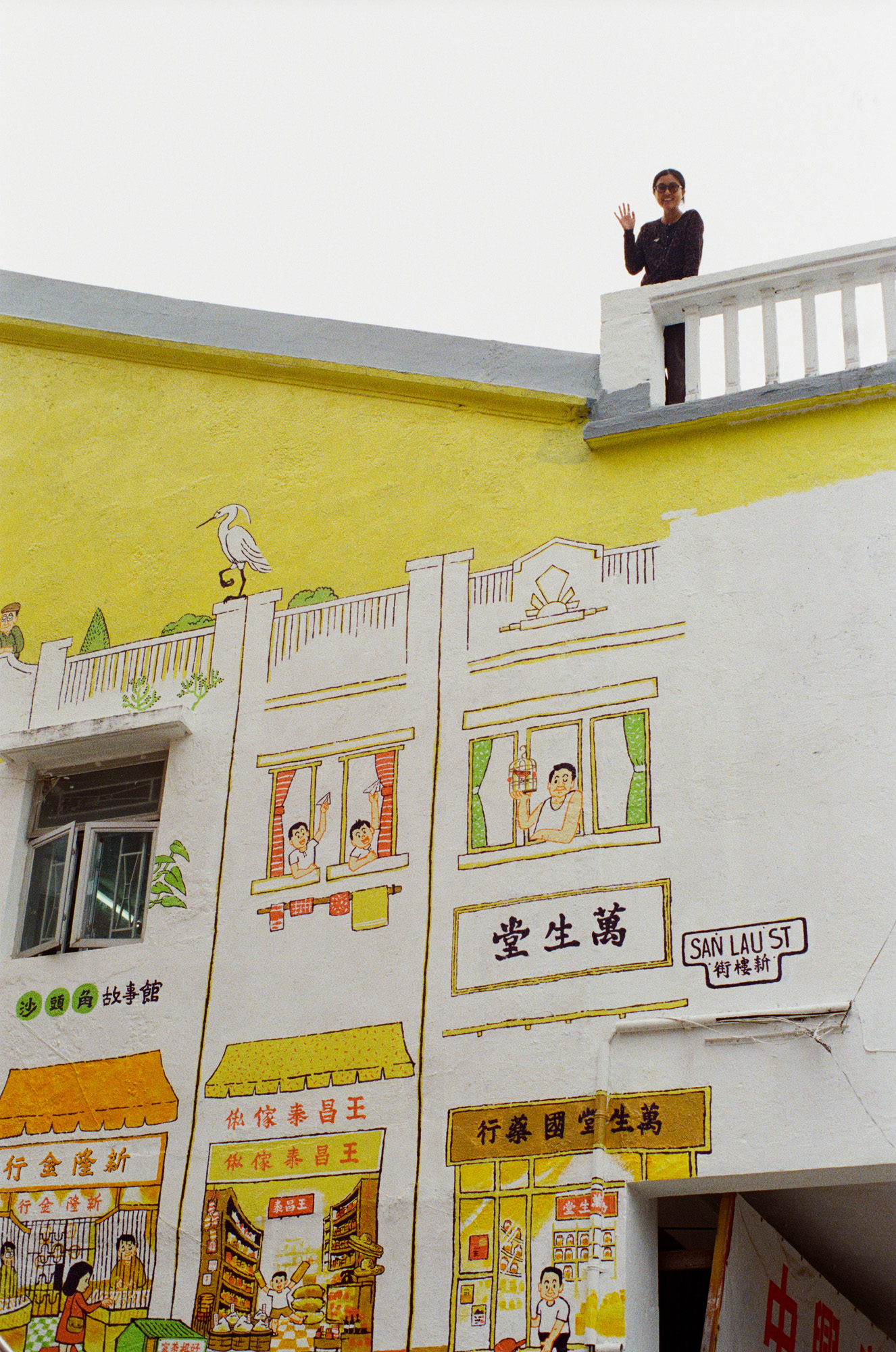
Fragrant Village’s Ka Yan Sze, with a mural reimagining San Lau Street, in Sha Tau Kok, which has the longest remaining row of Cantonese shophouses in Hong Kong
This rooted creativity is what has brought many of the city’s emerging talents back to Hong Kong. Alex Po and Derek Cheng of Ponder.er, for example, returned after seven years in London to launch their gender-fluid label that is gaining global recognition for its conceptual yet wearable approach. ‘We both loved our experiences in London, but we always feel like we want to do something that represents where we come from,’ says Po. ‘There’s so much potential and resources in Hong Kong, alongside a wave of young creatives, who are bringing a new energy to the city and challenging what it means to be creative.’
‘There’s so much potential and resources in Hong Kong, alongside a wave of young creatives, who are bringing a new energy to the city and challenging what it means to be creative.’
Alex Po, Ponder.er
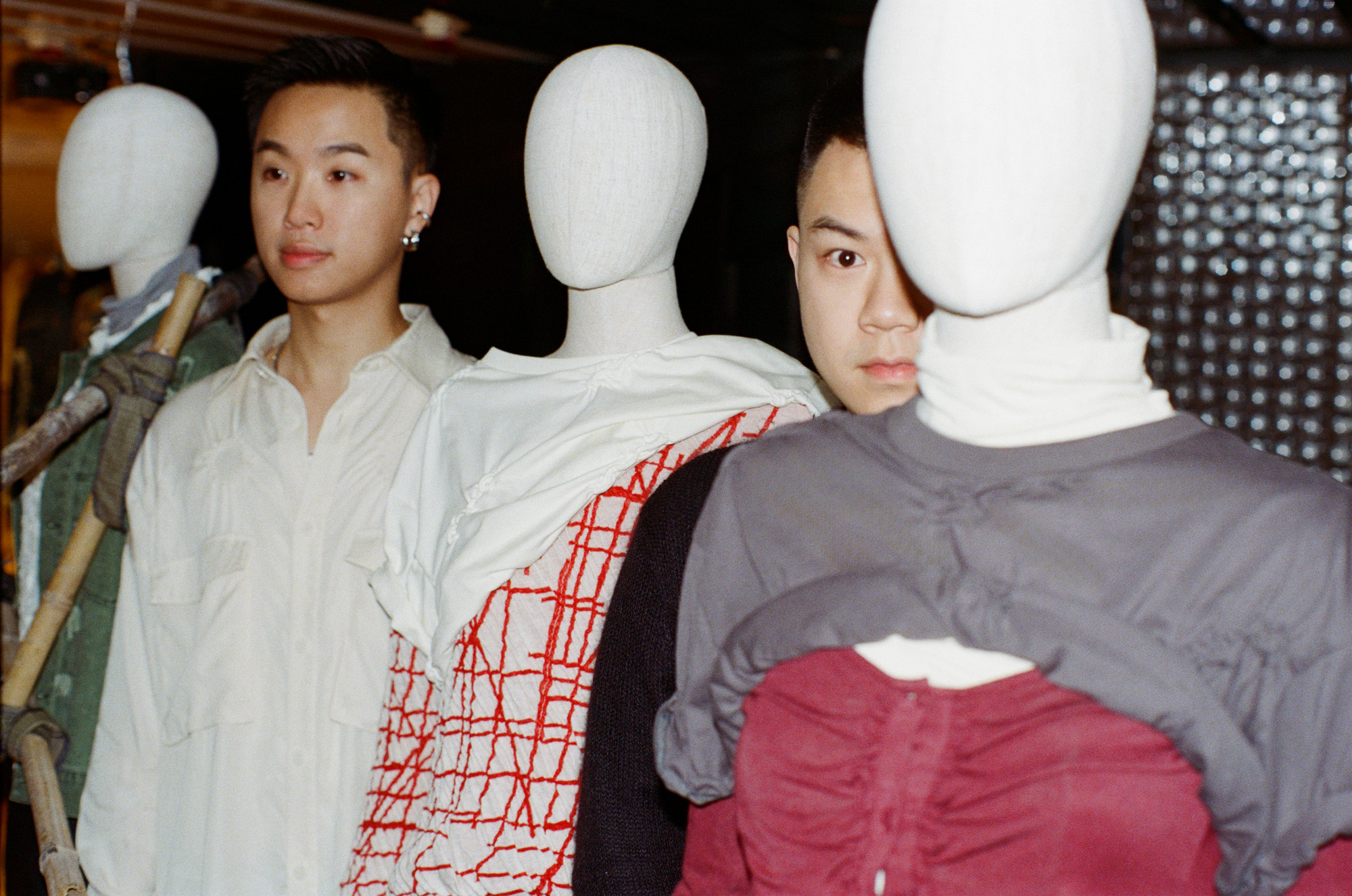
Derek Cheng and Alex Po of Ponder.er
For Derek Chan of Demo, being based here is intentional. ‘Hong Kong constantly inspires me. It’s a place where different cultures, histories and aesthetics coexist, creating endless creative possibilities.’ His fashion brand frequently references literature, art and philosophy and is designed to reframe outdated perceptions of how men dress and express themselves. ‘What I love most about Hong Kong is its duality; it’s both fast-paced and deeply rooted in tradition. You can walk through towering skyscrapers and suddenly find yourself in an old temple,’ he says. ‘That mix makes it an endlessly inspiring place.’
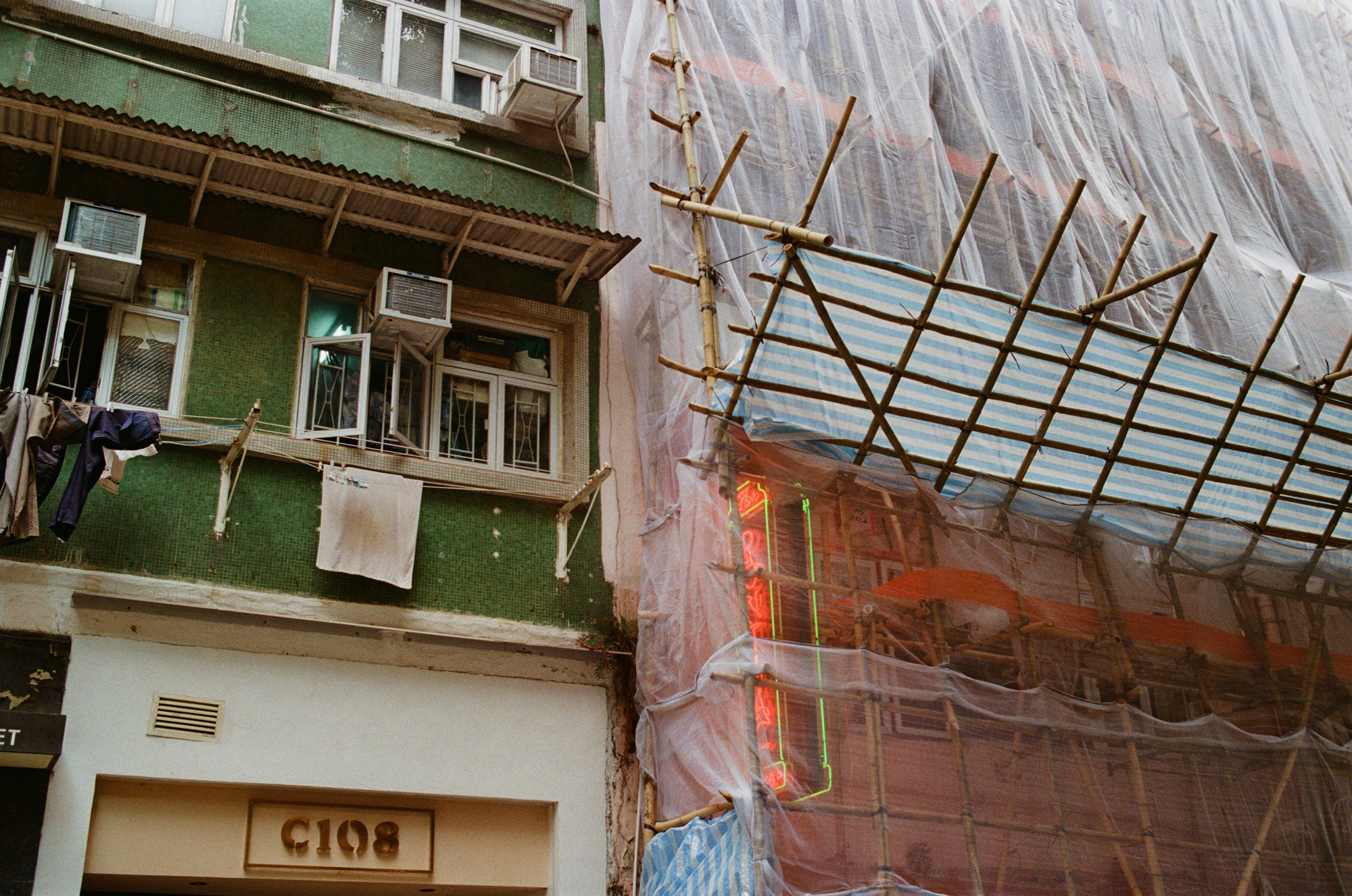
Hong Kong is one of the last cities still to use bamboo scaffolding, though this will soon be phased out
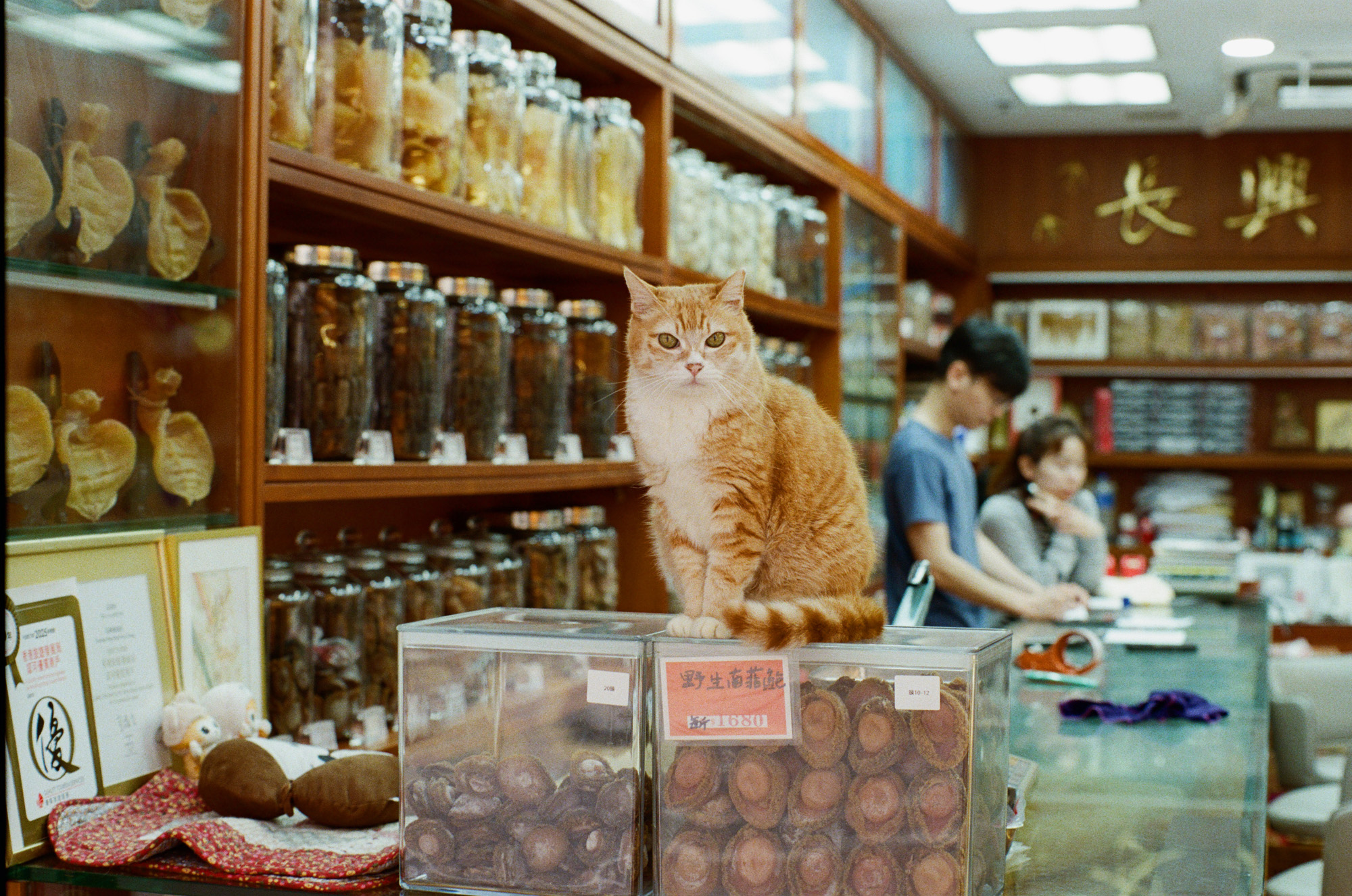
Others, like Nana Chan of Plantation, are gently reviving heritage through ritual. Born in Taiwan and raised in Hong Kong, Chan spent years abroad in the UK and France before returning to the city to carve out something meaningful. Through Plantation, she’s on a mission to challenge traditional perceptions of tea drinking, and to transform it into a vibrant, evolving experience that resonates with a new generation. It’s a quiet but powerful form of cultural preservation, one that is on the rise. ‘It was hard for us for many years,’ she says. ‘But I think there is a quiet revival. We are seeing more tea shops and tea-related businesses popping up in Hong Kong, and more young people are picking up the profession of tea masters.’
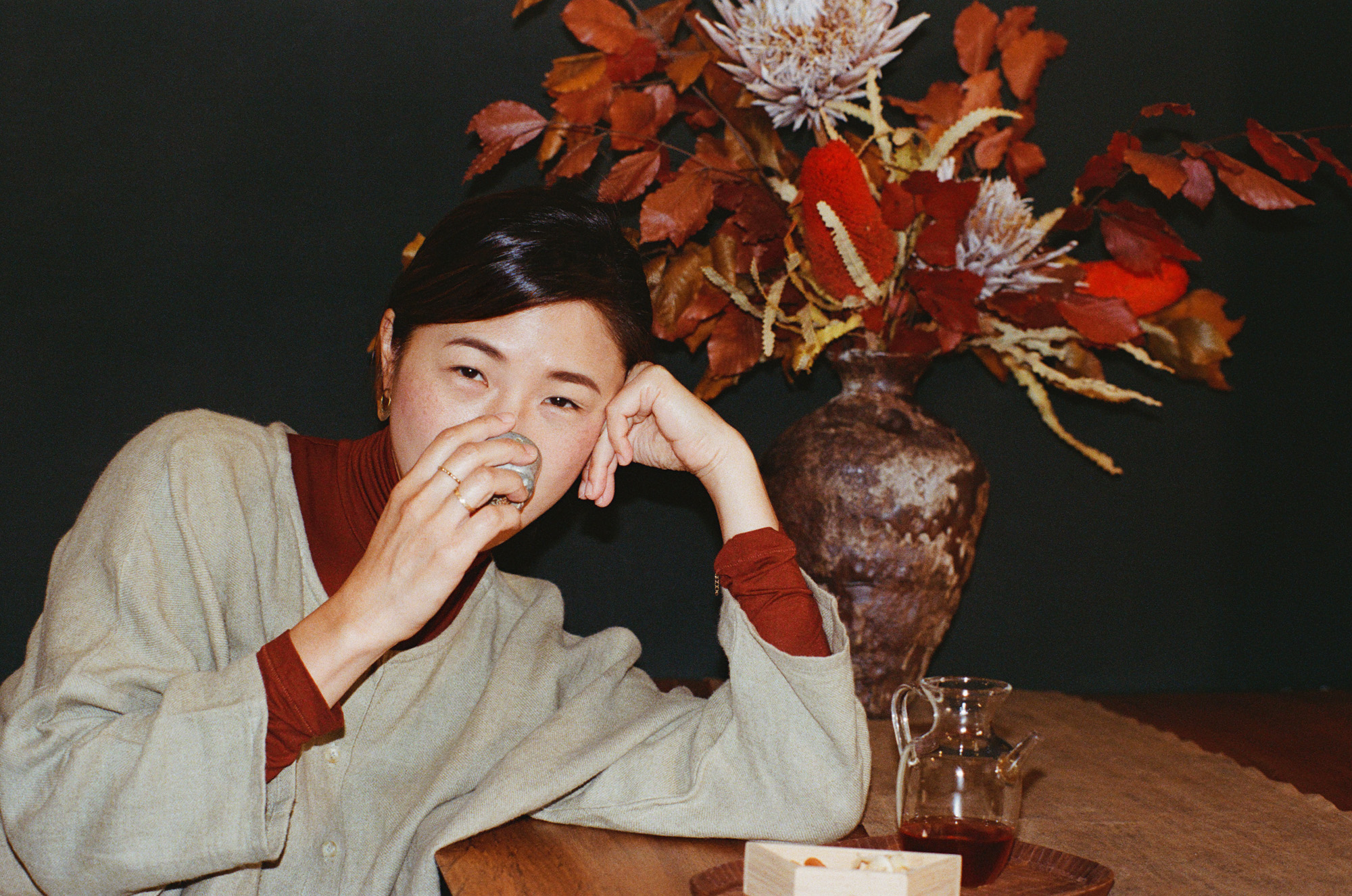
Founder Nana Chan at her Plantation Tea Bar in Shek Tong Tsui
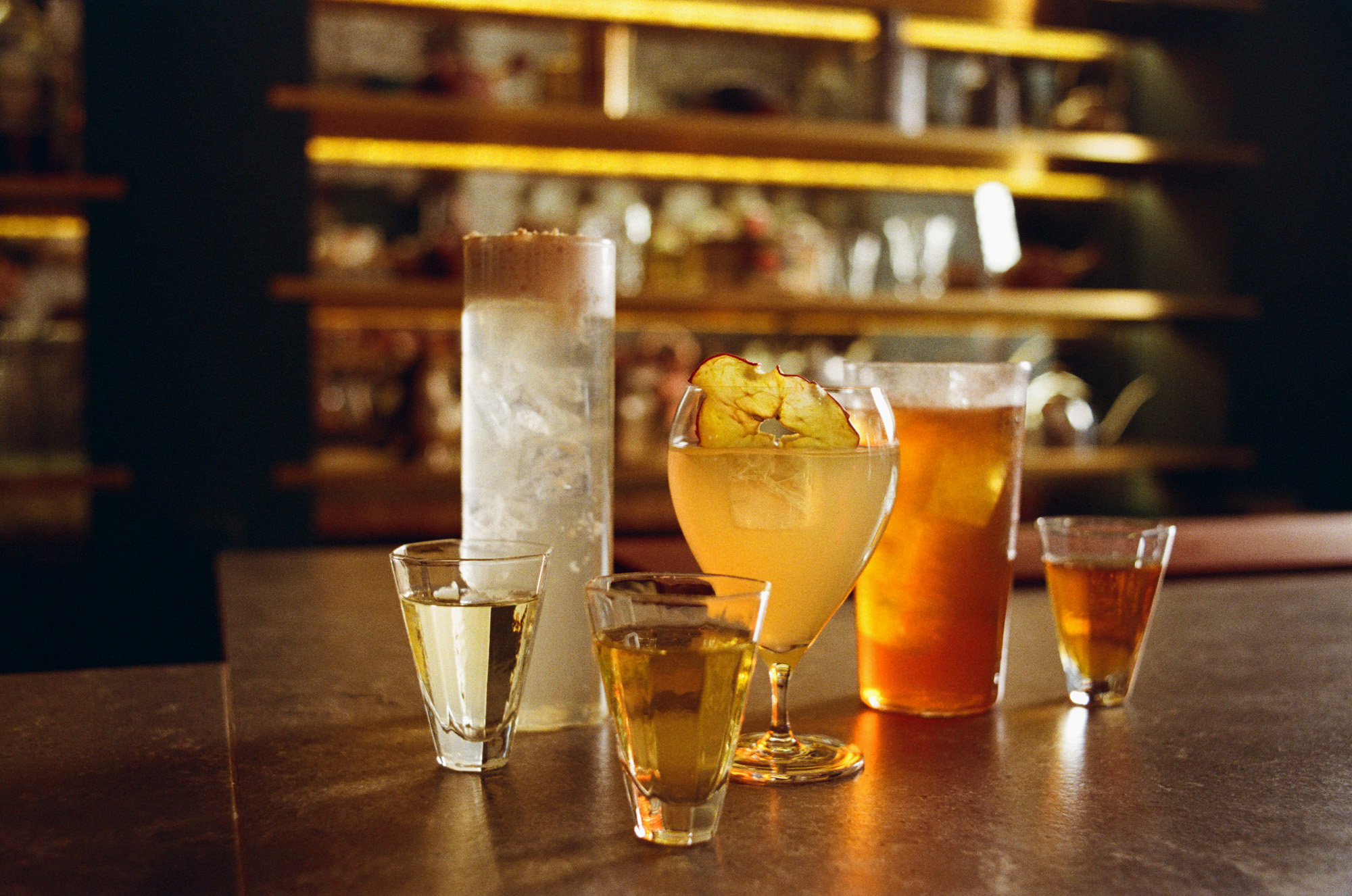
Plantation Tea Bar
That same desire to shift perceptions also drives Sara Mossman, the founder of Brilliance Bay. After growing up in Canada, she returned to Hong Kong to open the city’s first piercing-only private studio. ‘The body modification scene here was underdeveloped,’ she explains. Seeing this gap in high-quality service and jewellery, she says, ‘There was a genuine need for someone with authentic skills and background to bring proper standards to the city.’ Brilliance Bay has since become a trusted local fixture and proof that niche creativity can thrive.
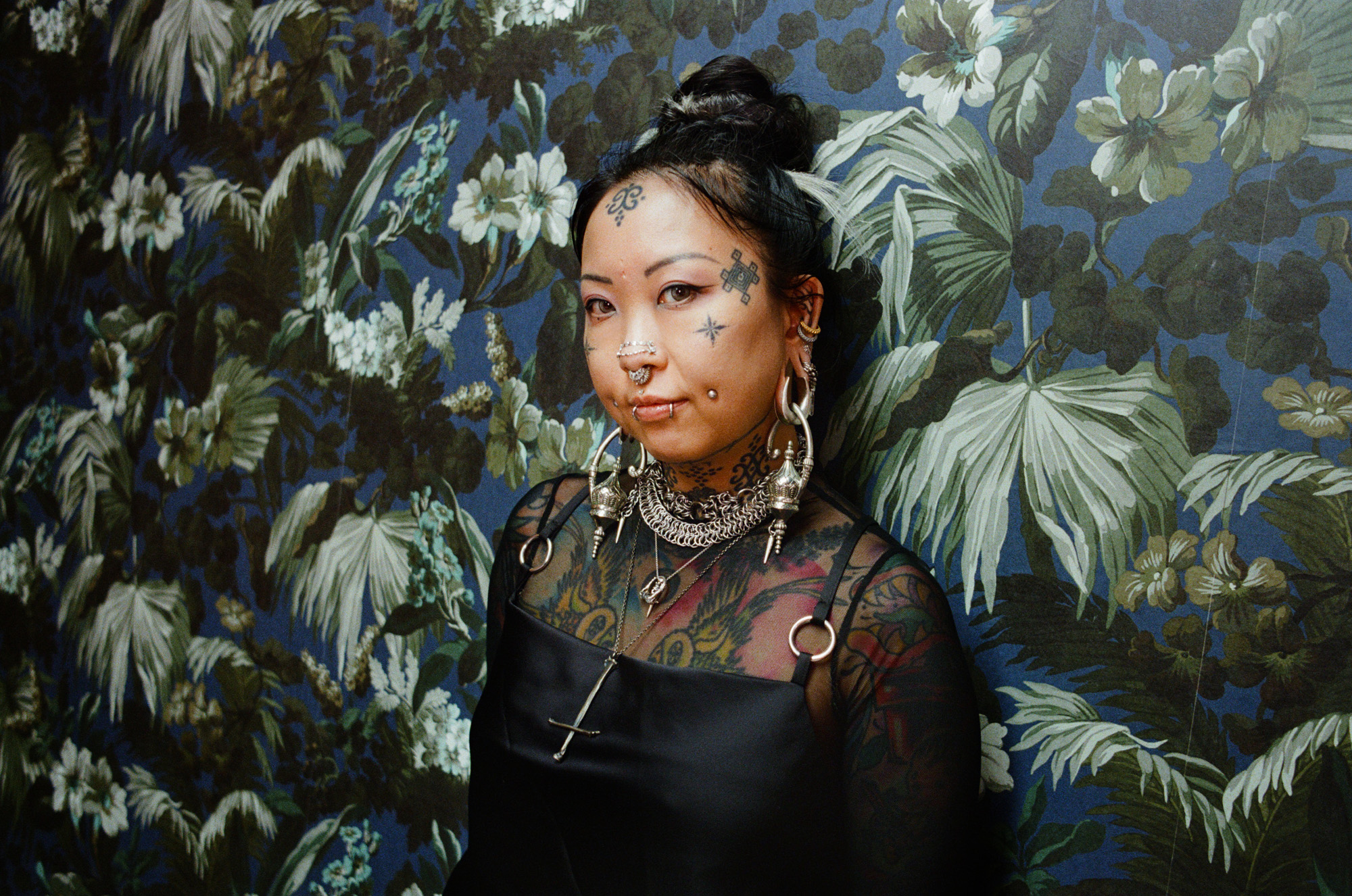
Sara Mossman of piercing studio Brilliance Bay
And it’s not just returnees making waves. Some, like Simon Wilson, have chosen to base themselves in Hong Kong for its unique creative potential. Originally from Ireland, Wilson moved here in 2015 and never left. His latest project, Fork Lore, celebrates the personalities shaping the city’s dynamic food scene. ‘There’s a vibrancy here that never quite goes away,’ he says. ‘The food scene needed a lift, and storytelling can do that.’ It began as a passion project, but it has grown into a content platform profiling everyone from chefs to bartenders. Wilson believes Hong Kong’s scene is shifting away from over-polished hotel dining to more personal, chef-driven spaces. ‘There’s still magic here. It’s just being expressed in new ways.’
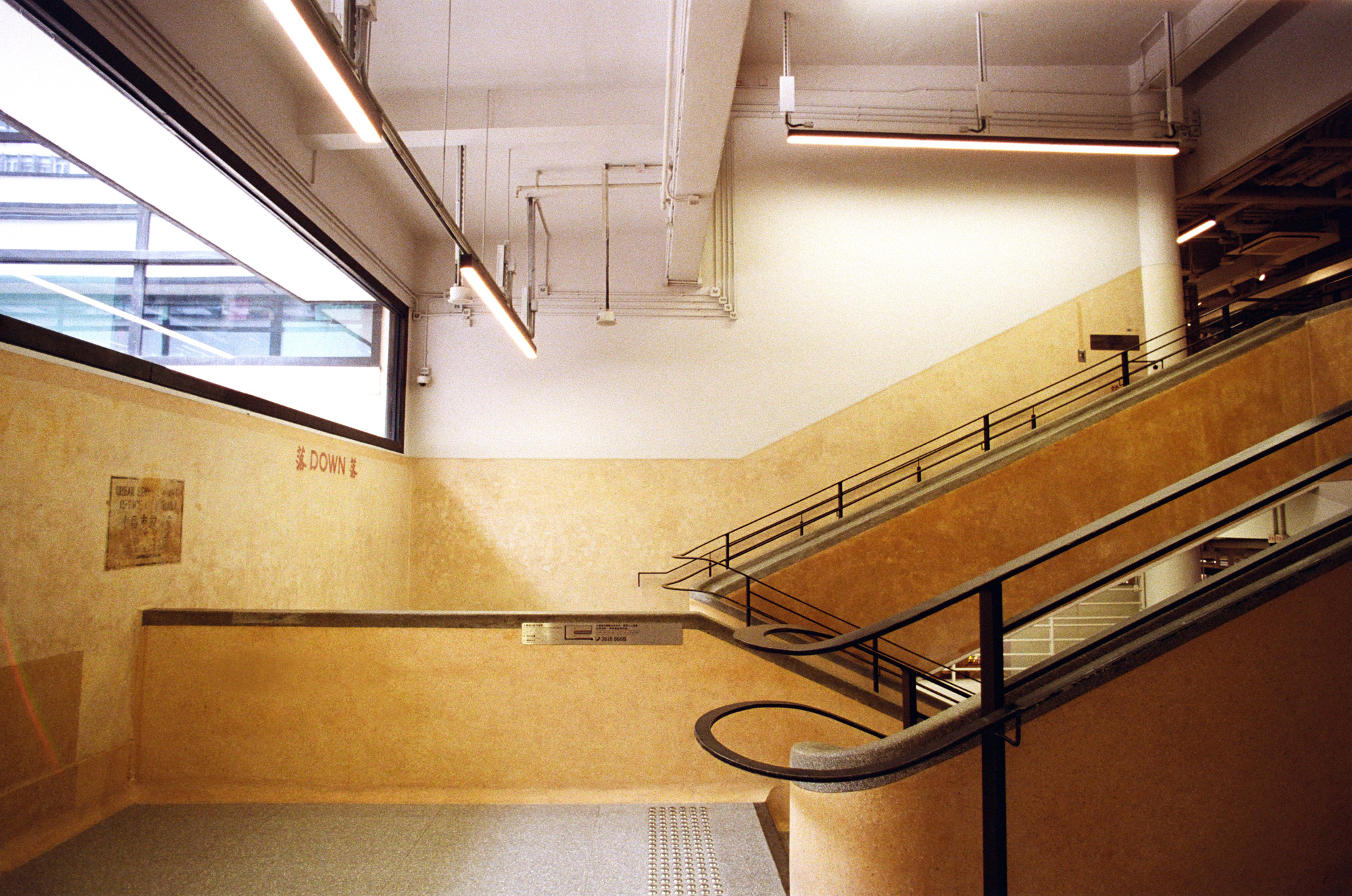
The main staircase at the Central Market, a Bauhaus building dating from 1938
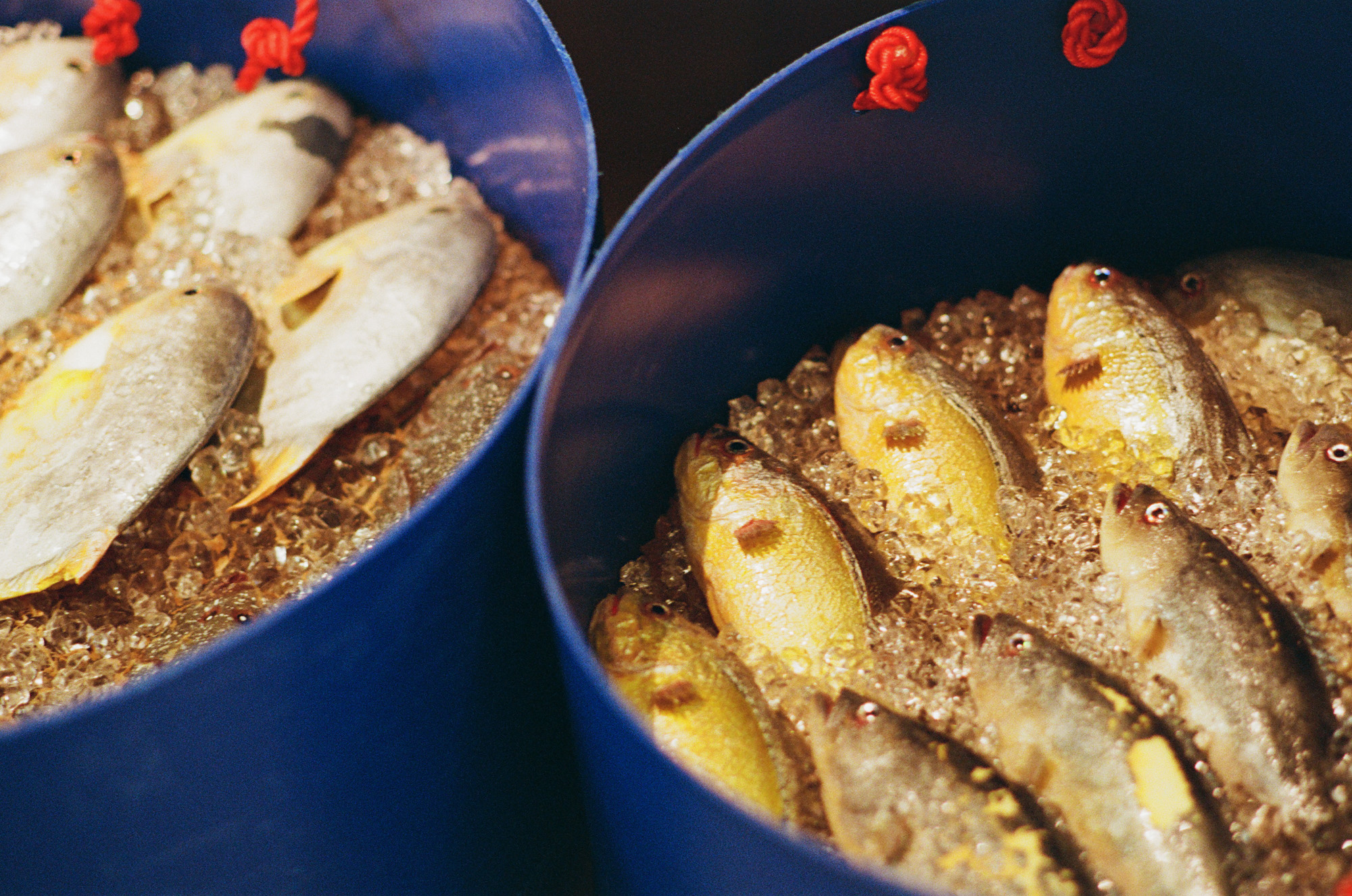
Buckets of fresh fish at the Central Market
Others, like Kieran Ho and Gavin Yeung, are pushing creativity forward through the community. Ho describes Hong Kong as a kind of airport terminal – transient, in motion, and full of people coming and going – but believes that’s what gives it a creative possibility. ‘There’s constant movement, and that makes space for new ideas,’ he says. A third-culture kid himself, Ho is part of a generation of creatives with hybrid identities and big ideas, intent on building something meaningful in a city that’s constantly in flux.
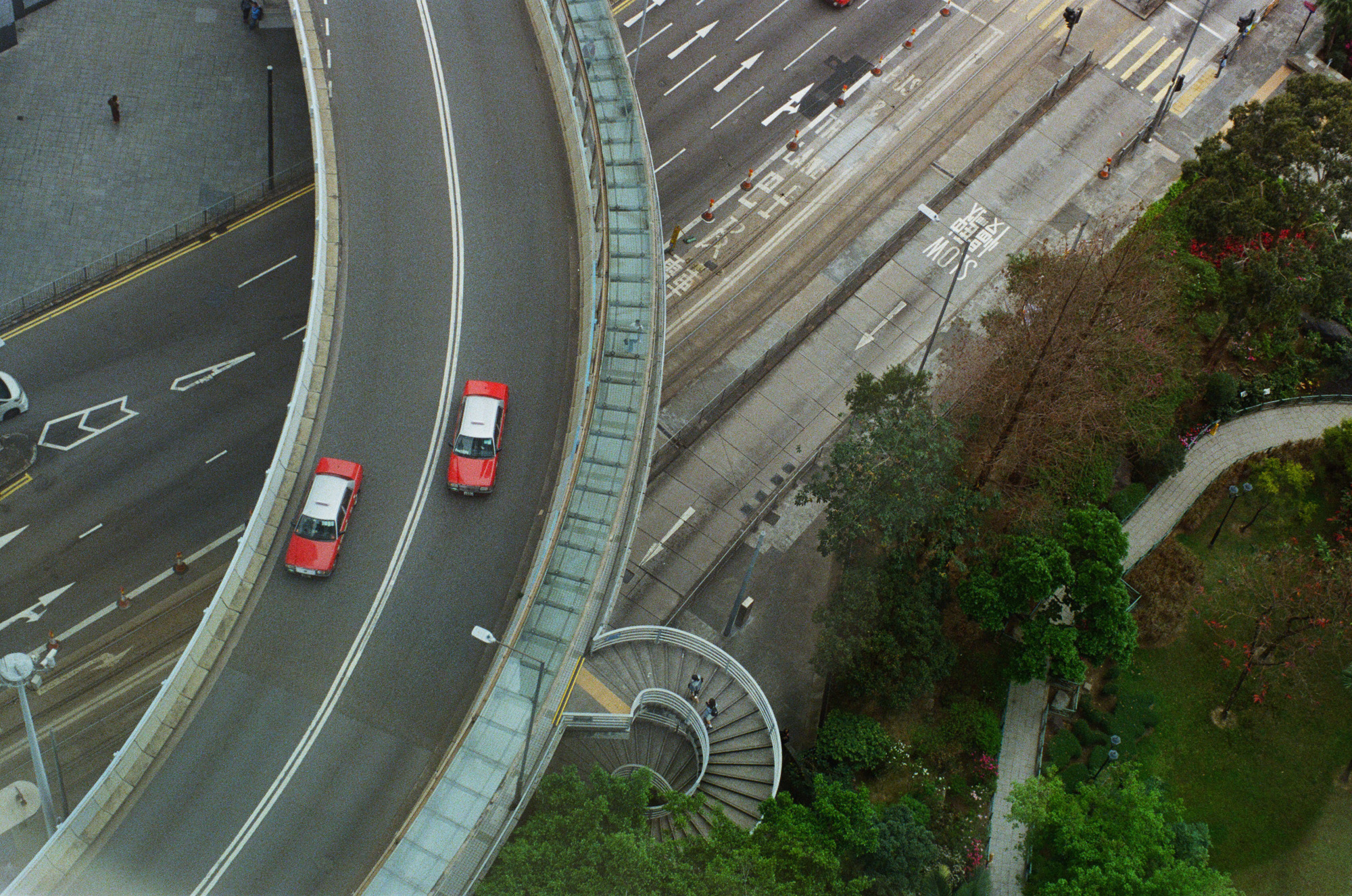
Yeung, through his bar Kinsman, is crafting cocktails that pay homage to the city’s under-represented culinary stories, using indigenous Cantonese spirits. For Yeung, it was about creating something that felt true to the city’s roots. ‘Kinsman is the first cocktail bar built from the ground up to celebrate Hong Kong culture and its liquid heritage,’ he says. ‘This means that everything from the name of the bar to the music, uniforms, interiors and branding all pay tribute to the unique colour of the city.’ Kinsman isn’t just a bar but a love letter to Hong Kong served in a glass. And, like many of the city’s new generation of creatives, Yeung is less concerned with prestige, and more focused on authenticity, accessibility and building community.
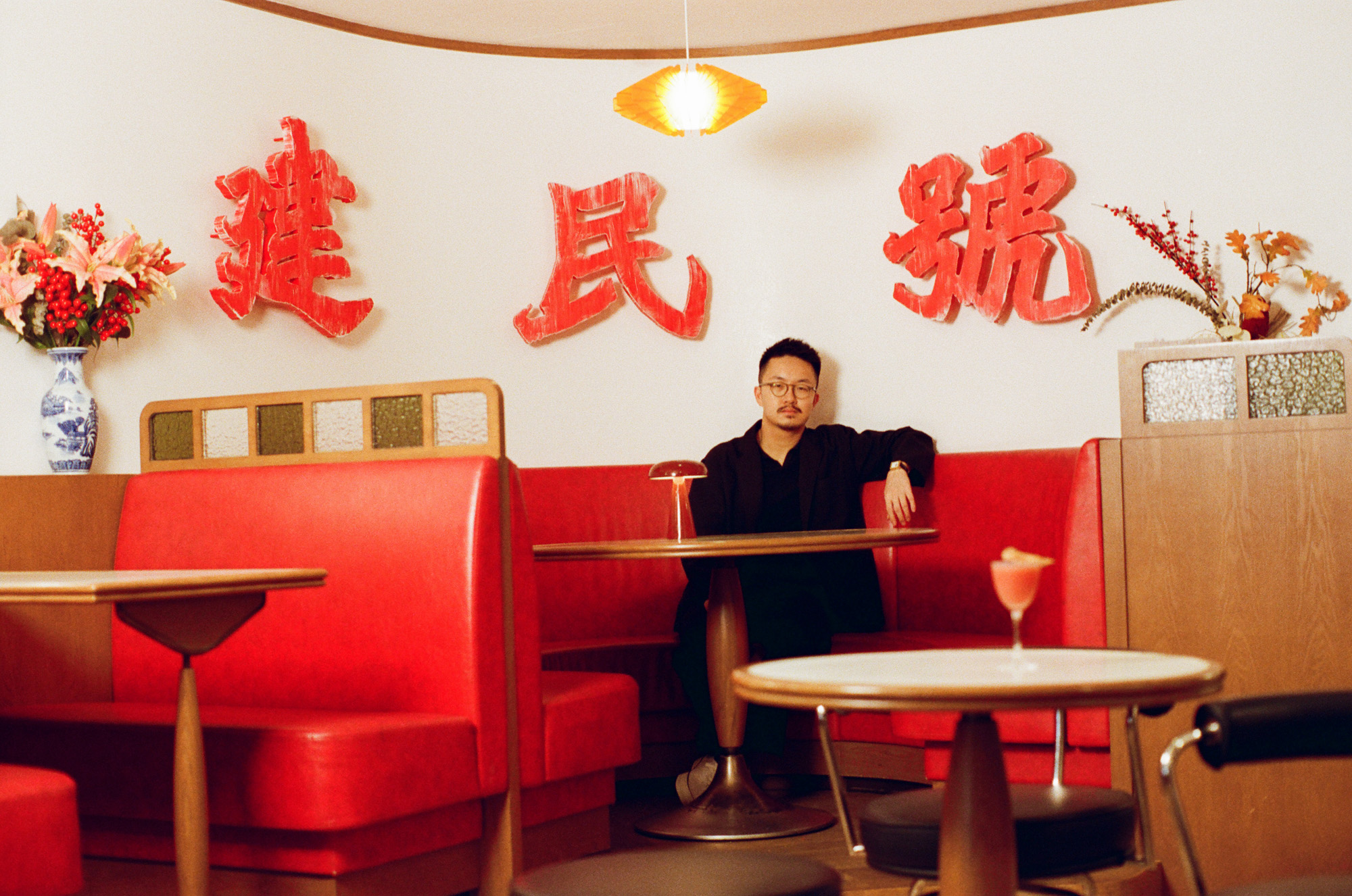
Gavin Yeung at his Kinsman bar
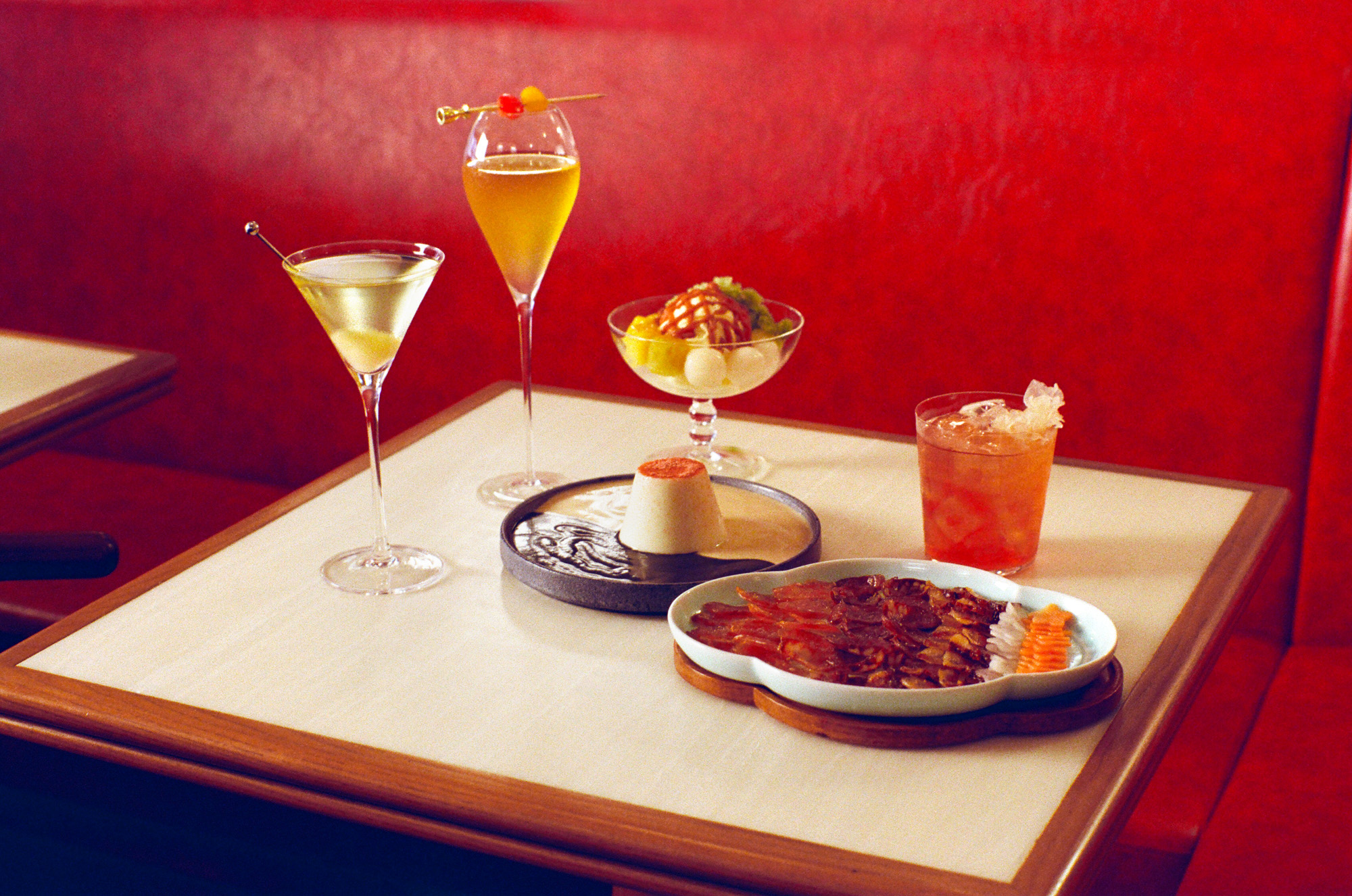
Kinsman’s menu includes cocktails made with local spirits such as monkfruit wine and yuk bing siu, and dishes such as a cured meat platter and a black sesame, walnut and tofu pudding
Together, this chorus of voices offers a counter-narrative to the doubt often projected onto the city by those looking in from the outside. Hong Kong may no longer be Asia’s undisputed capital of commerce, but it’s morphing into something just as compelling: a capital of culture.
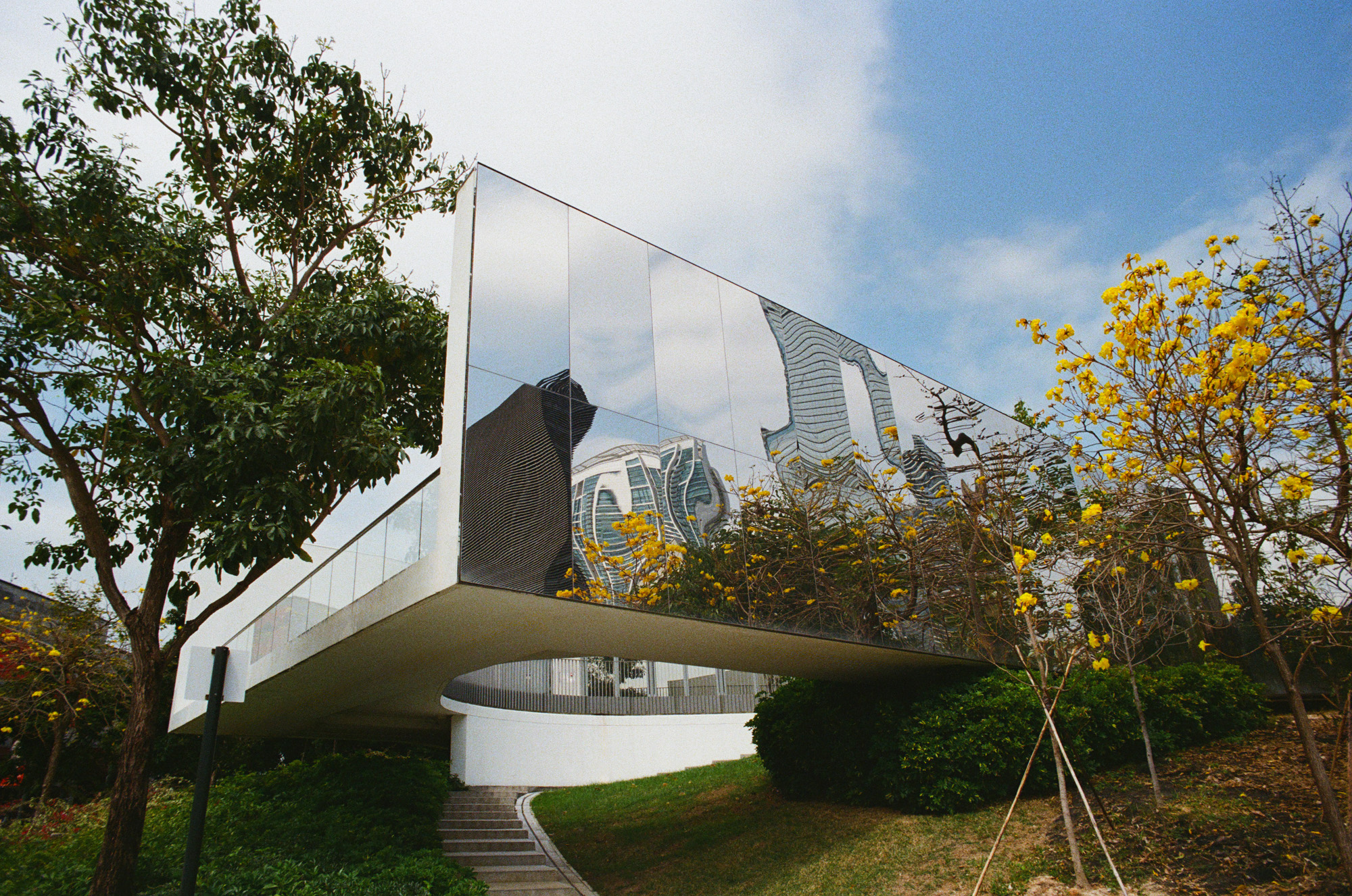
The Arts Pavilion in the West Kowloon Cultural District, a large part of which is currently under construction
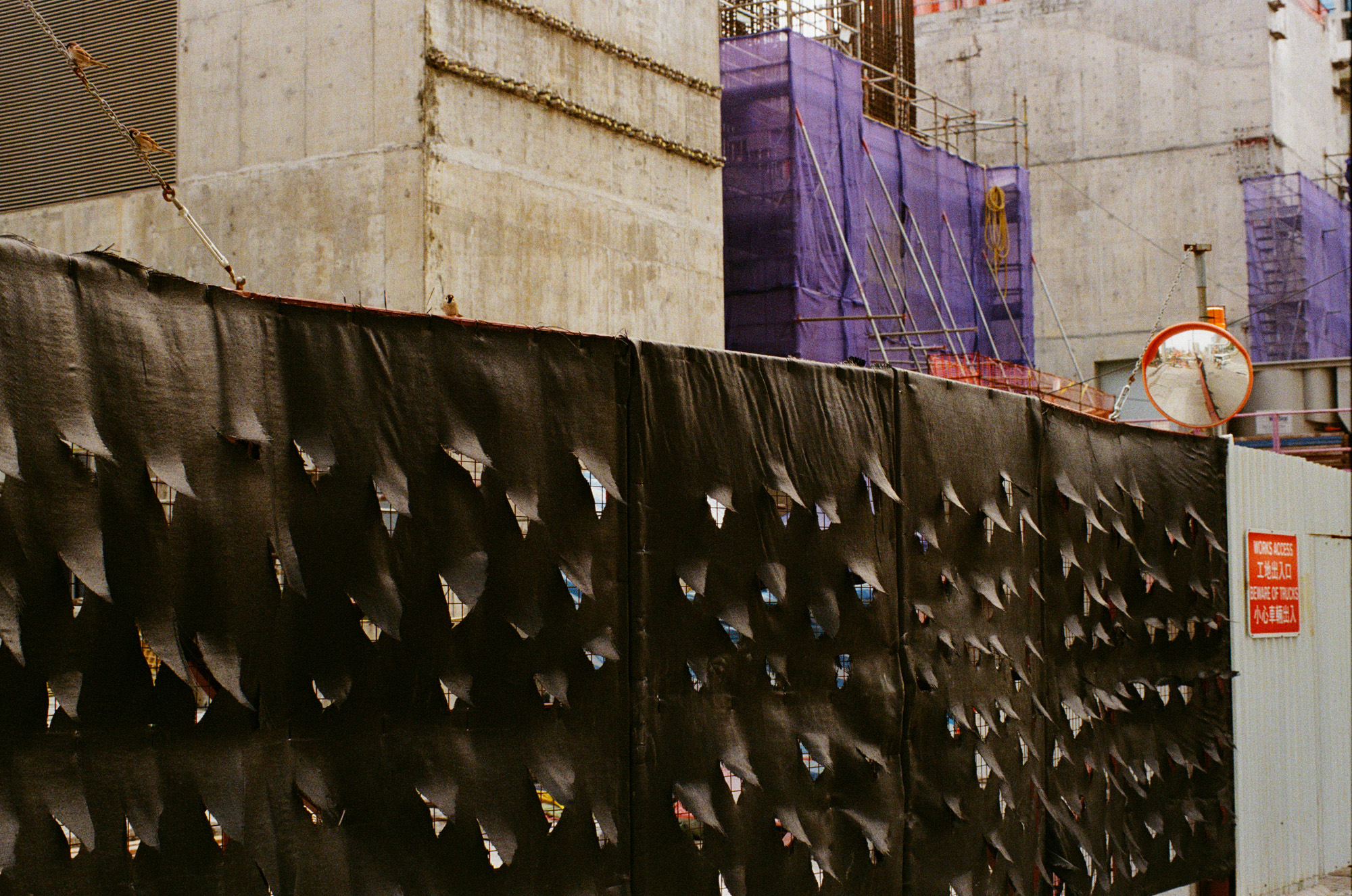
Ambitious infrastructure projects, such as West Kowloon Cultural District, signal a city looking forward. Anchored by West Kowloon’s M+, a museum of visual culture that rivals global heavyweights, the city’s future is also unfolding at Kai Tak, where a vast venue will host everything from sporting events to concerts on the site of the city’s former airport, while The Henderson, a swirling 36-storey glass tower by Zaha Hadid Architects, is redefining Central’s skyline.
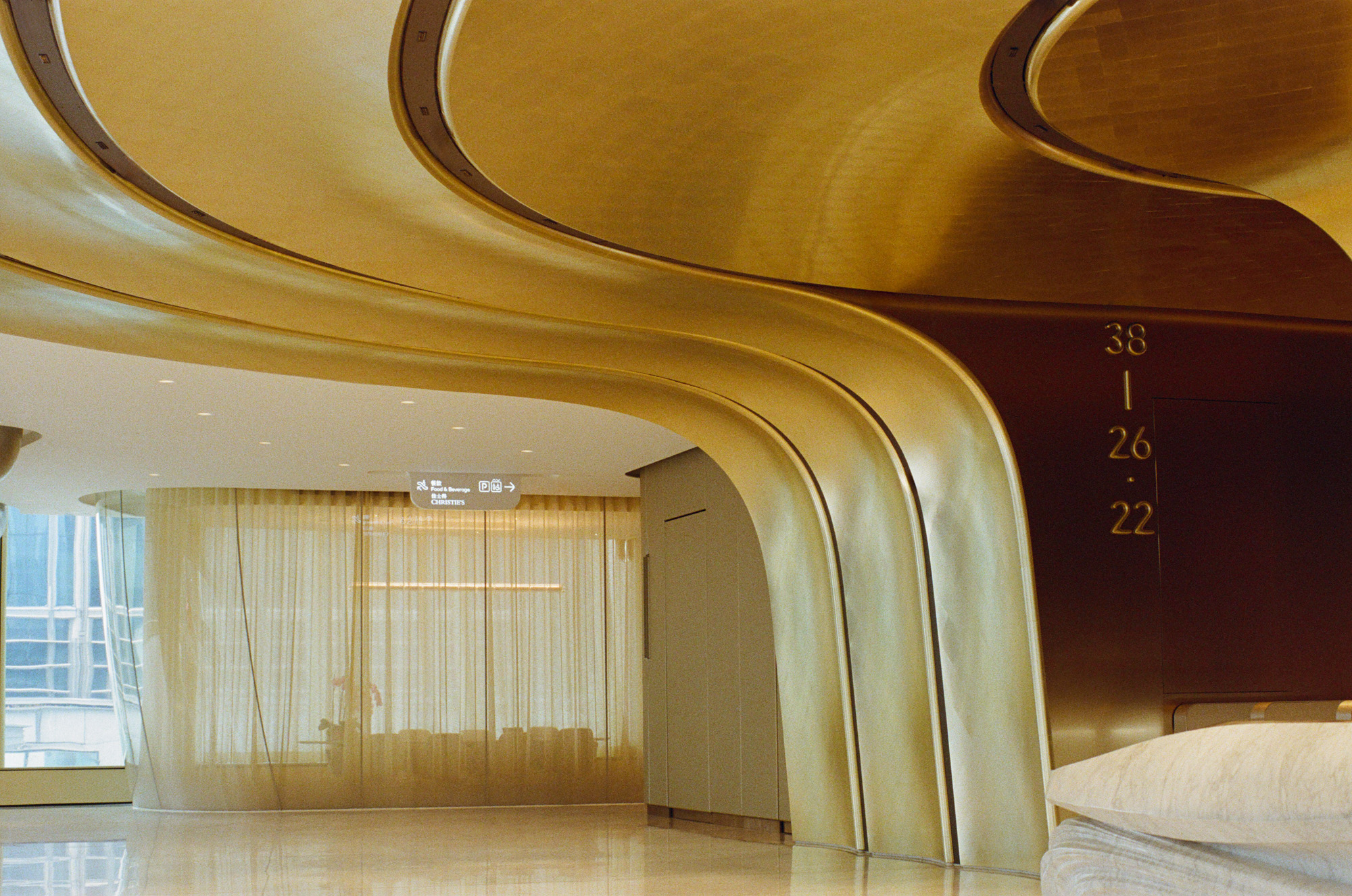
The lobby of The Henderson office building, designed by Zaha Hadid Architects
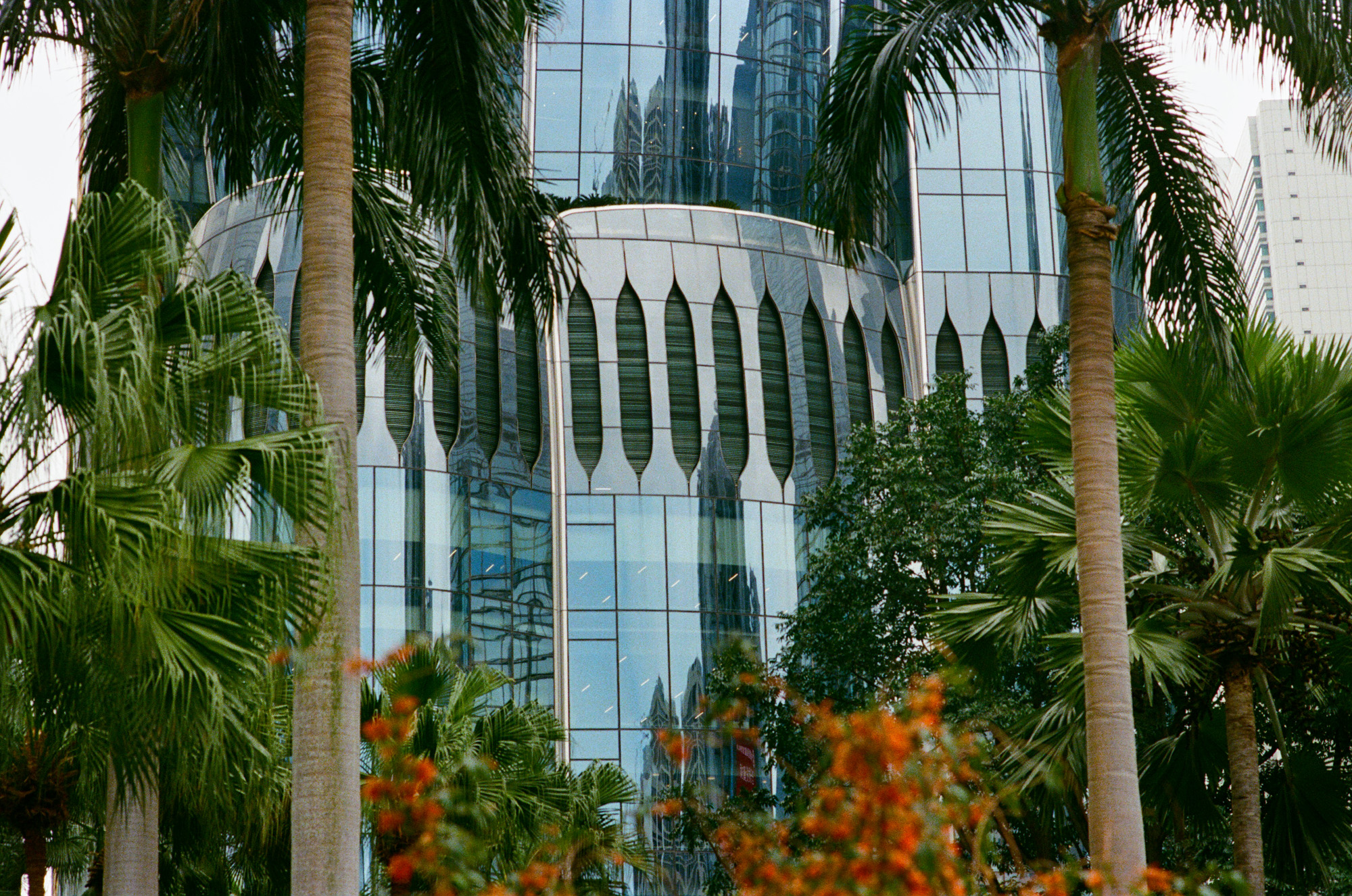
The exterior of The Henderson building, featuring an unusual fluted façade of curved glass columns
Still, the best of Hong Kong might be in the unexpected: sunrise over Cape D’Aguilar, a trek along the rugged MacLehose Trail, or a boat trip to Sharp Island – where volcanic rock formations, a disappearing tombolo, and clear waters make it feel worlds away from the city. For a city known for speed, its slower, greener side is just as thrilling.
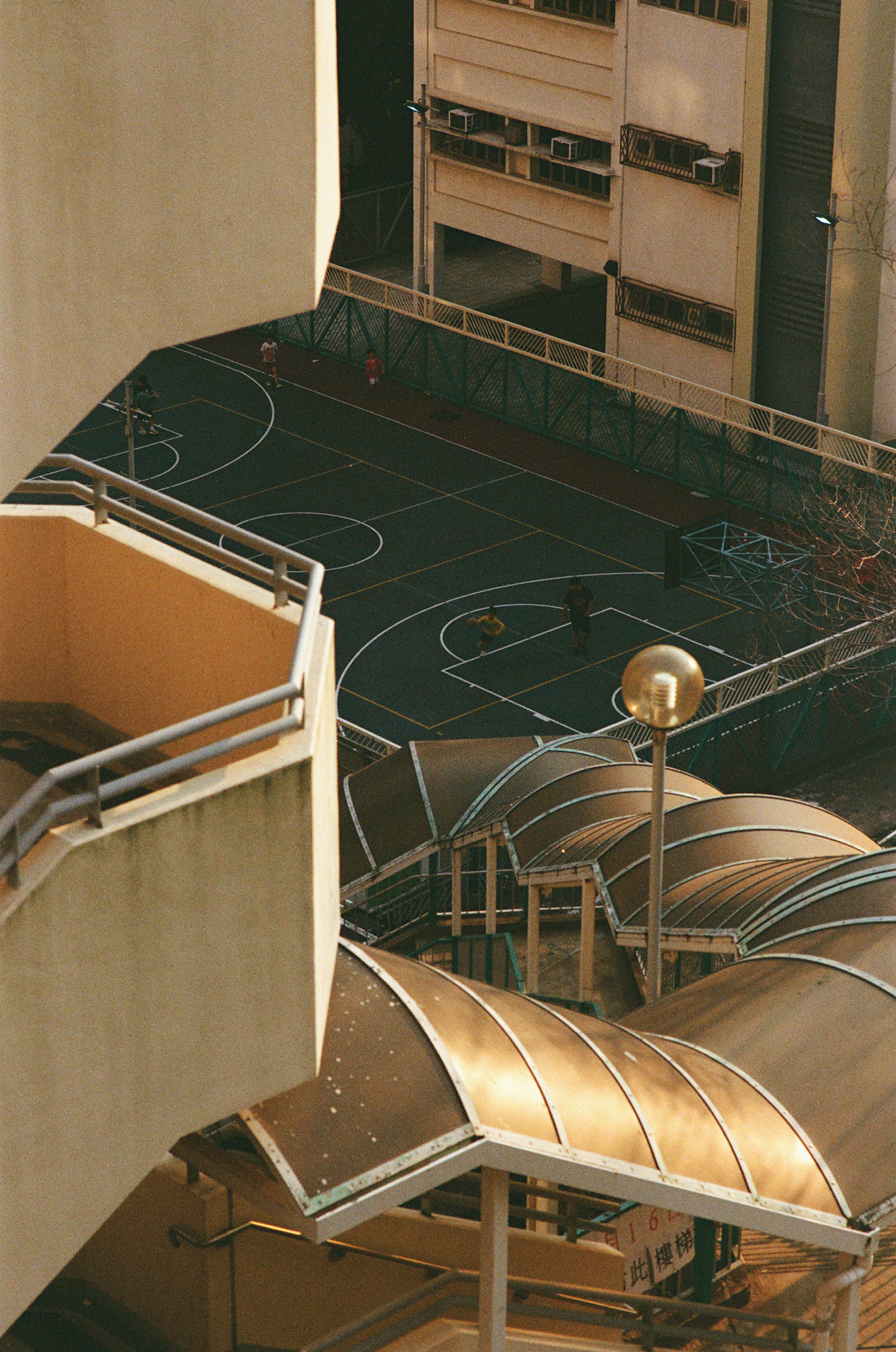
A basketball court and staircase on the Chuk Yuen South estate in Kowloon
Often misunderstood and frequently underestimated, Hong Kong continues to surprise. The city still pulses with life – you just have to look beyond the headlines.
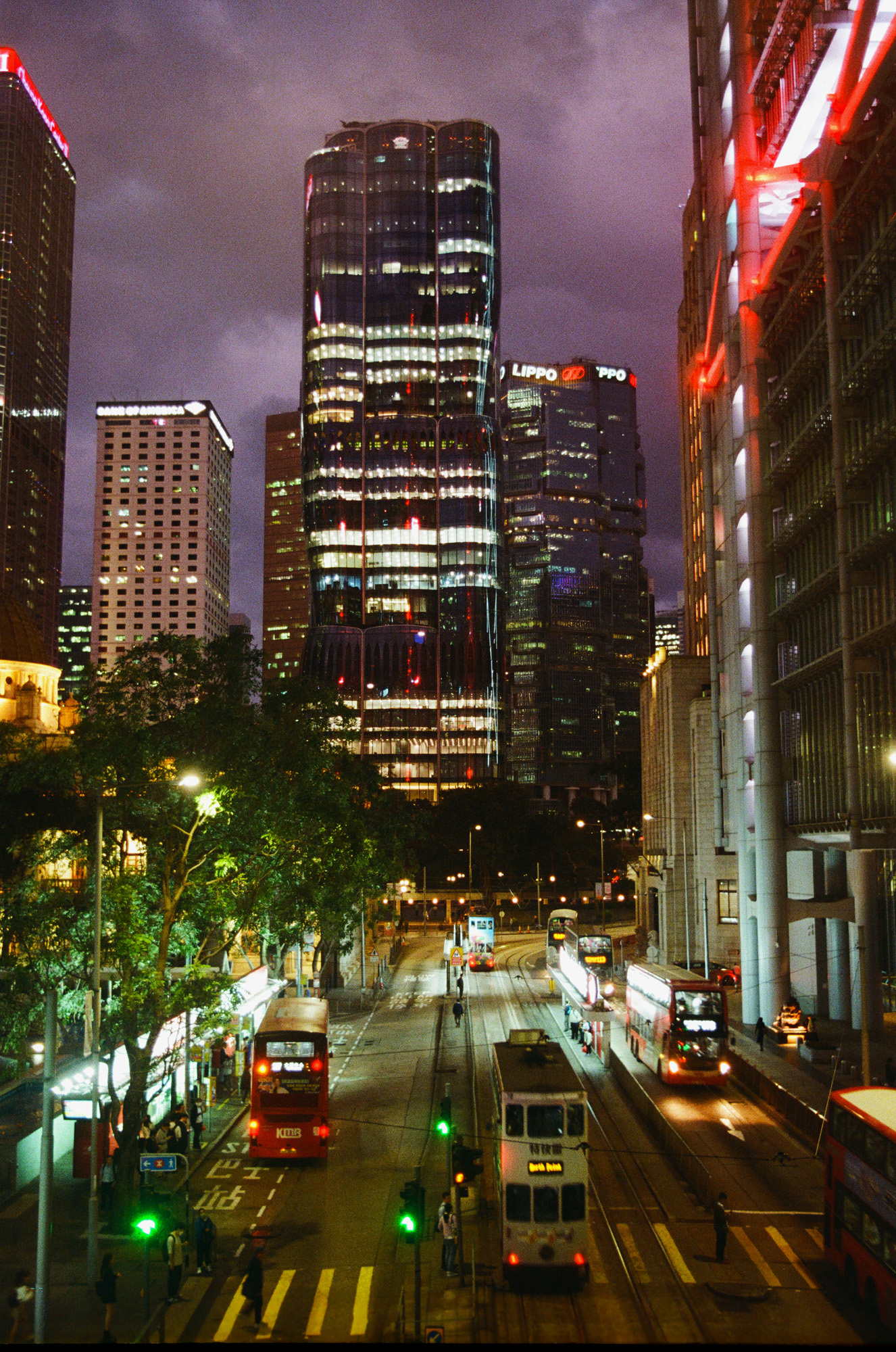
A historic ‘ding-ding’ double-decker tramway line passes next to The Henderson building, which stands between the 1970s Bank of America Tower and Paul Rudolph’s 1988 Lippo Centre
A version of this article appears in the June 2025 Travel Issue of Wallpaper*, available in print, on the Wallpaper* app on Apple iOS, and to subscribers of Apple News +. Subscribe to Wallpaper* today.
Lauren Ho is the Travel Director of Wallpaper*, roaming the globe, writing extensively about luxury travel, architecture and design for both the magazine and the website. Lauren serves as the European Academy Chair for the World's 50 Best Hotels.
-
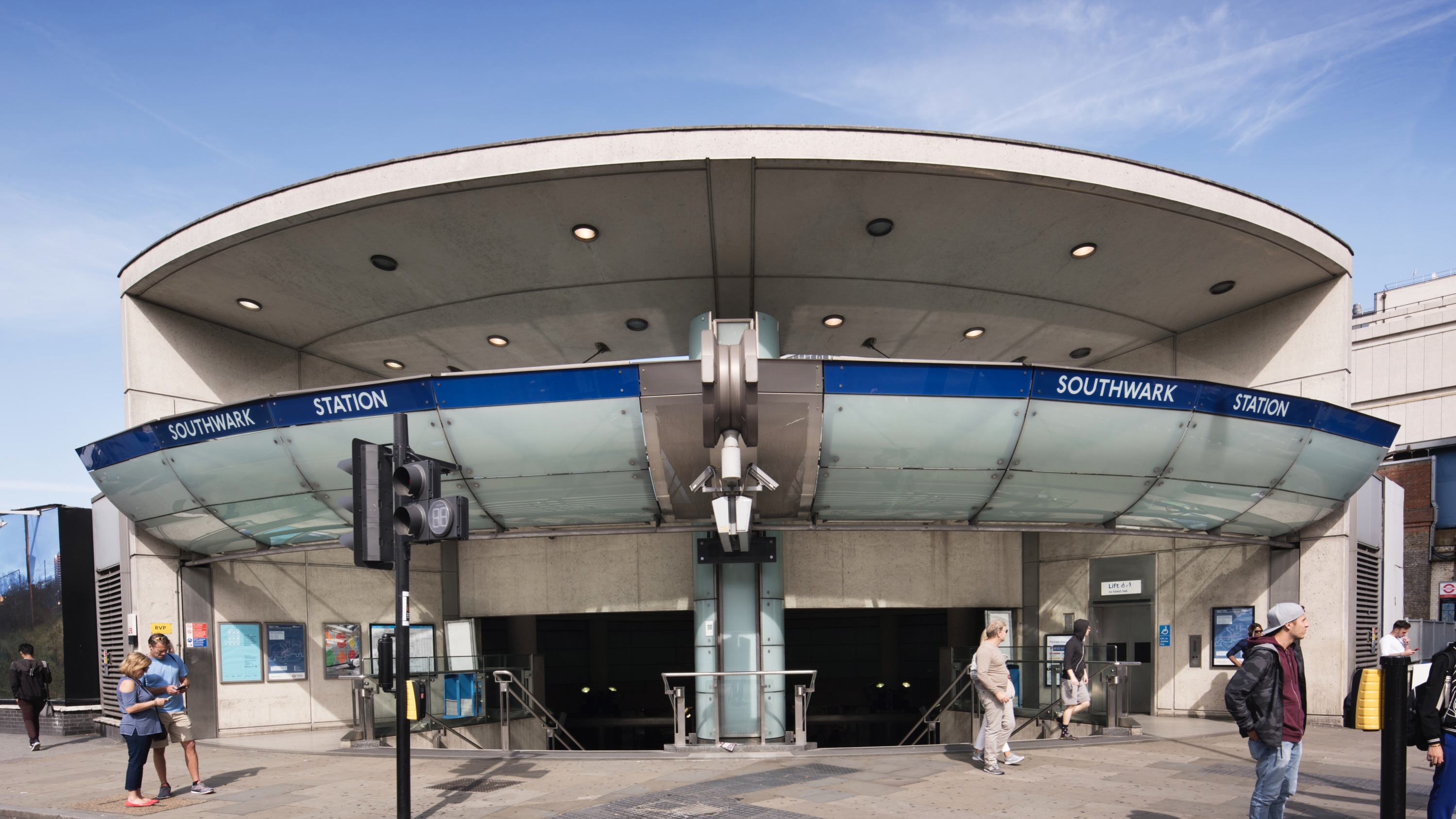 Futuristic-feeling Southwark Tube Station has been granted Grade II-listed status
Futuristic-feeling Southwark Tube Station has been granted Grade II-listed statusCelebrated as an iconic piece of late 20th-century design, the station has been added to England’s National Heritage List
-
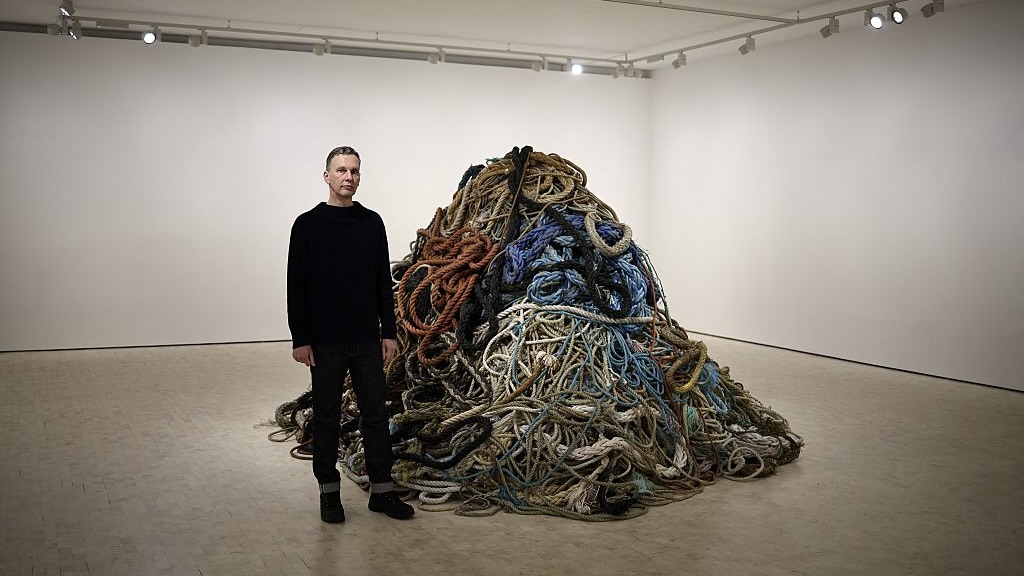 David Shrigley is quite literally asking for money for old rope (£1 million, to be precise)
David Shrigley is quite literally asking for money for old rope (£1 million, to be precise)The Turner Prize-nominated artist has filled a London gallery with ten tonnes of discarded rope, priced at £1 million, slyly questioning the arbitrariness of artistic value
-
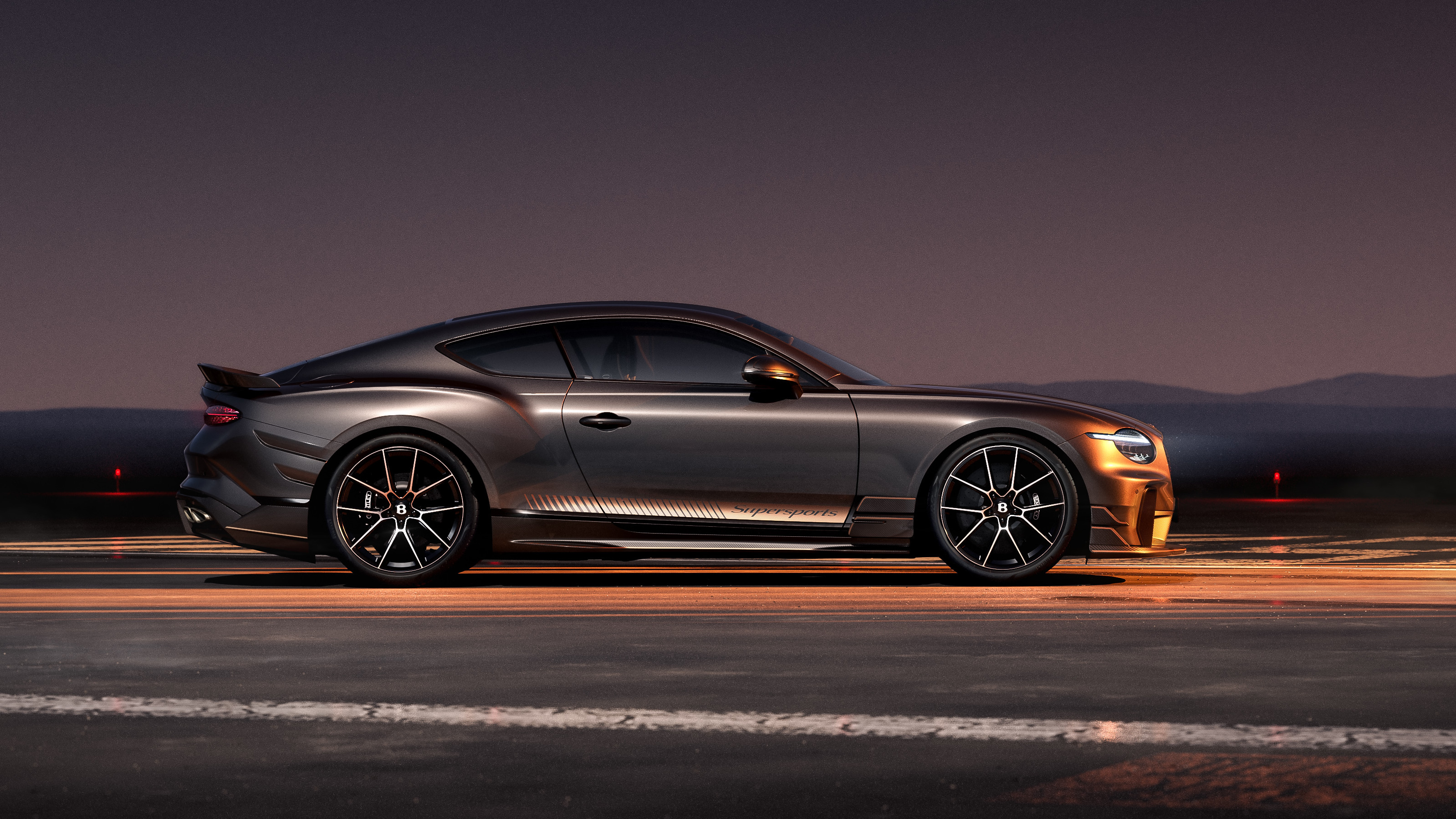 The new Bentley Supersports pares back the luxury to create a screaming two-seater
The new Bentley Supersports pares back the luxury to create a screaming two-seaterBentley redefines its iconic grand tourer with a lightweight performance variant that strips out the trim and the tech and adds in refined dynamics and more visual drama than ever before
-
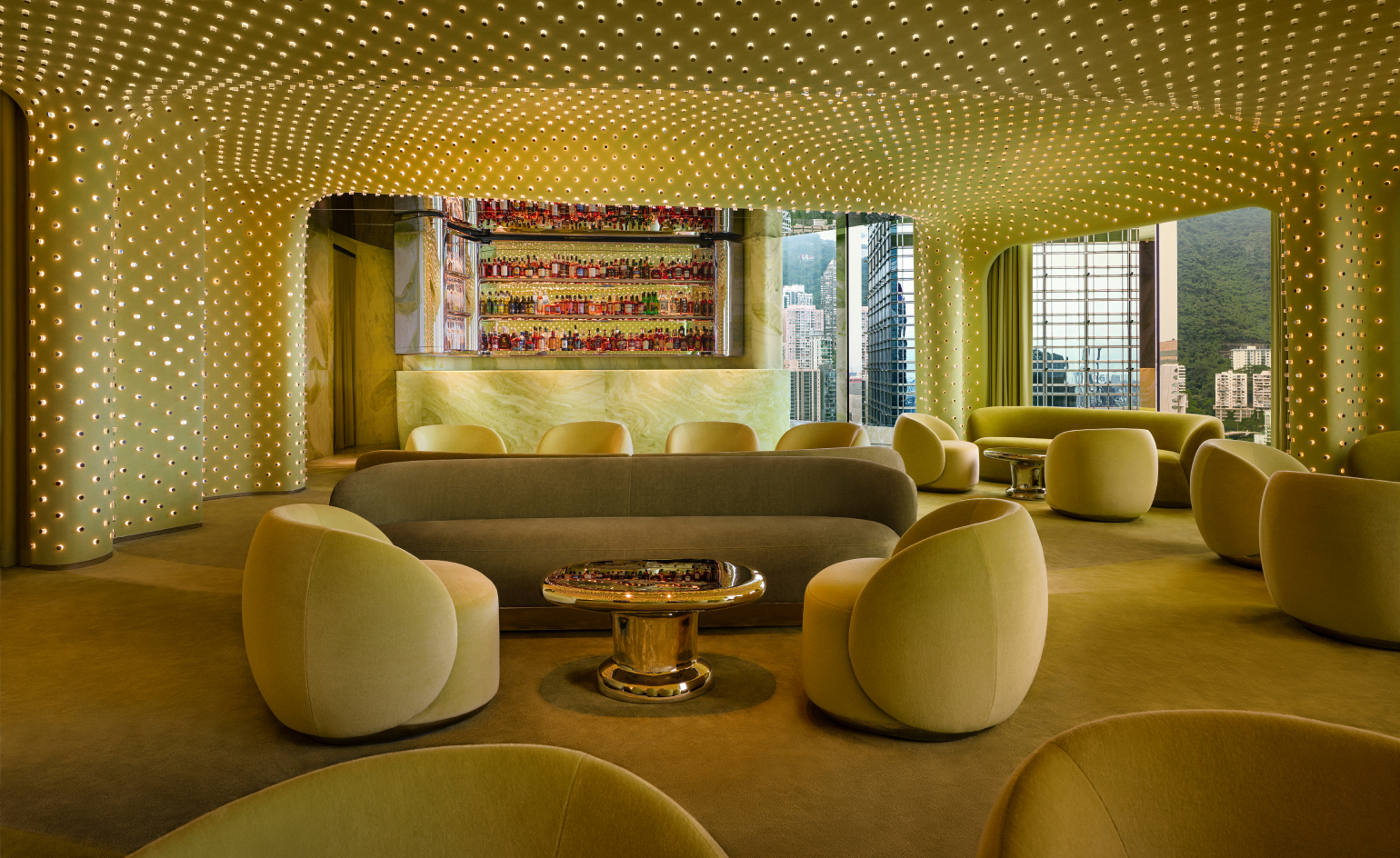 Tour Peridot, Hong Kong’s hypnotic new bar
Tour Peridot, Hong Kong’s hypnotic new barLocated on the 38th floor of The Henderson, Studio Paolo Ferrari’s latest project is a study in ‘light, refraction, and intimacy’
-
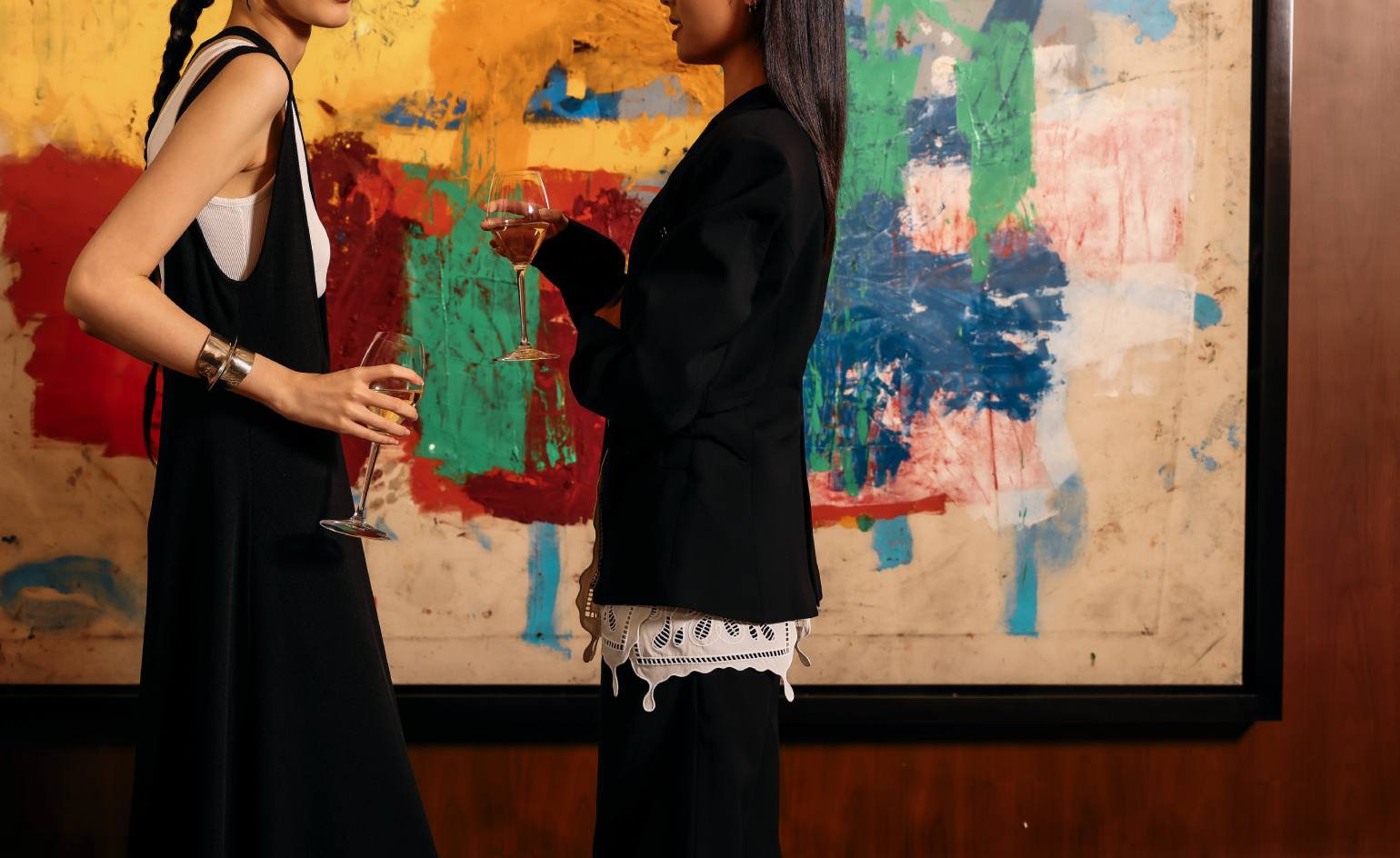 Rosewood is searching for the next generation of women leaders
Rosewood is searching for the next generation of women leadersThe Rosewood Foundation introduces ‘Rise to the Table,’ a fully sponsored initiative aimed at addressing the gender gap in the food and beverage sector
-
 Herzog & de Meuron redefines Swiss hospitality with Les Trois Rois hotel transformation
Herzog & de Meuron redefines Swiss hospitality with Les Trois Rois hotel transformationThe Pritzker Architecture Prize-winning studio expands the hotel with a striking restaurant and bar, a sprawling presidential suite, and a decadent rooftop spa
-
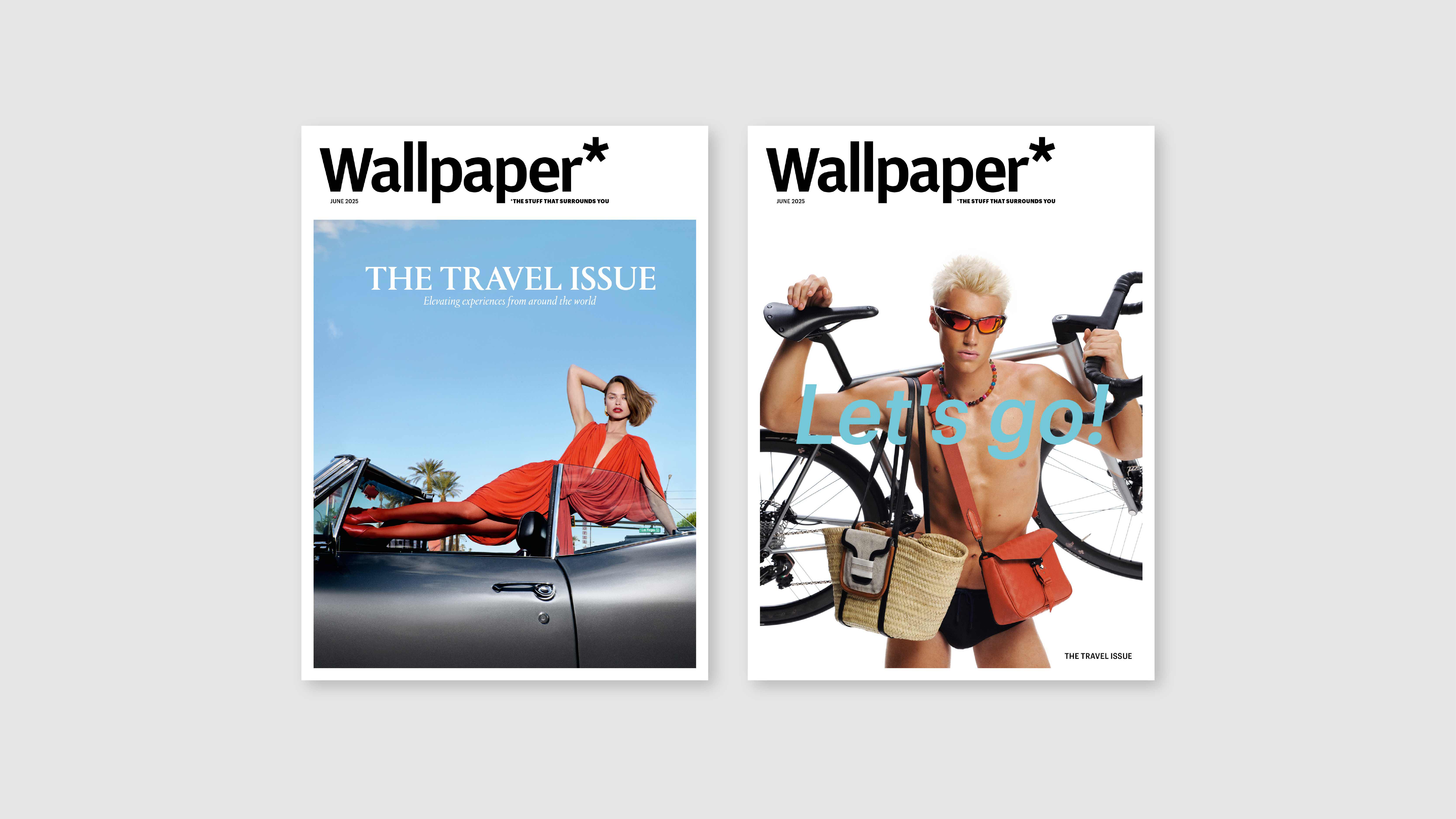 Take off with the June 2025 Travel Issue of Wallpaper*
Take off with the June 2025 Travel Issue of Wallpaper*Head to Hong Kong, paint the town red in Las Vegas, reimagine room service, and make a splash in sizzling swimwear – the June issue is hot to globe-trot, on newsstands now
-
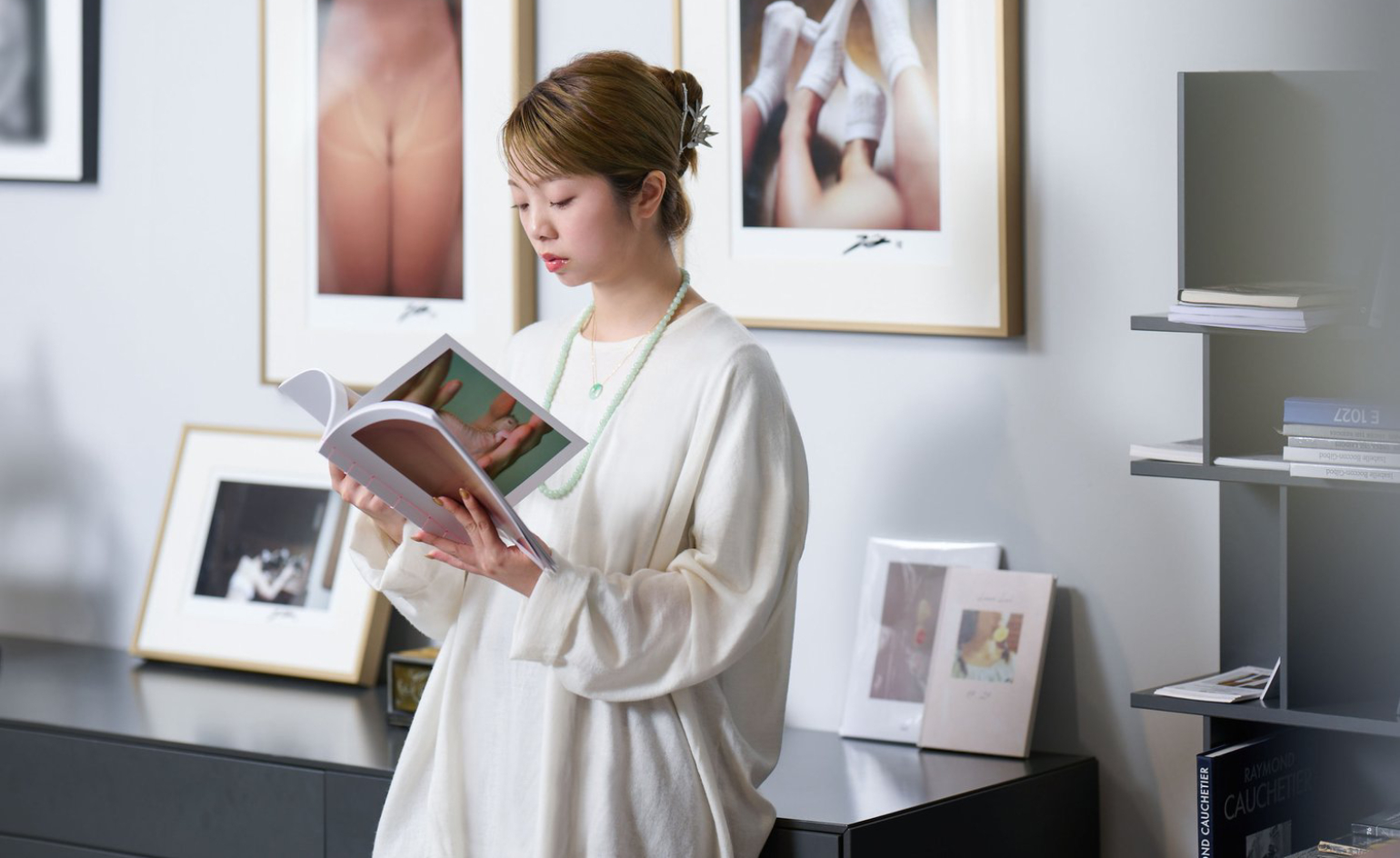 A local’s guide to Hong Kong, by photographer Lean Lui
A local’s guide to Hong Kong, by photographer Lean LuiAs Hong Kong hosts its annual Art Basel fair, local photographer Lean Lui shares her go-to spots for an alternative take on the city
-
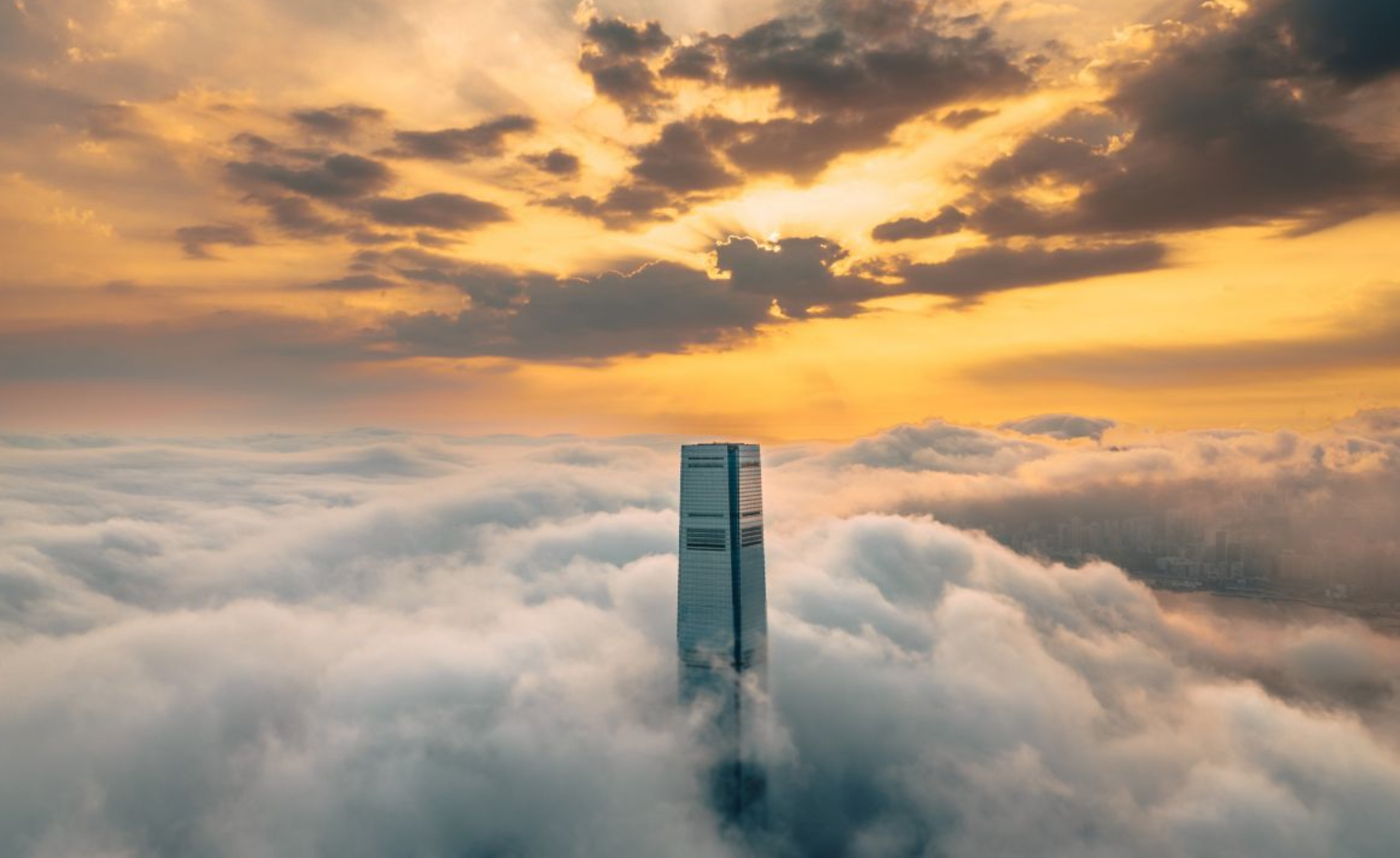 Where to stay in Hong Kong
Where to stay in Hong KongFrom sky-high glamour to intimate design sanctuaries, here's our pick of Hong Kong's finest stays
-
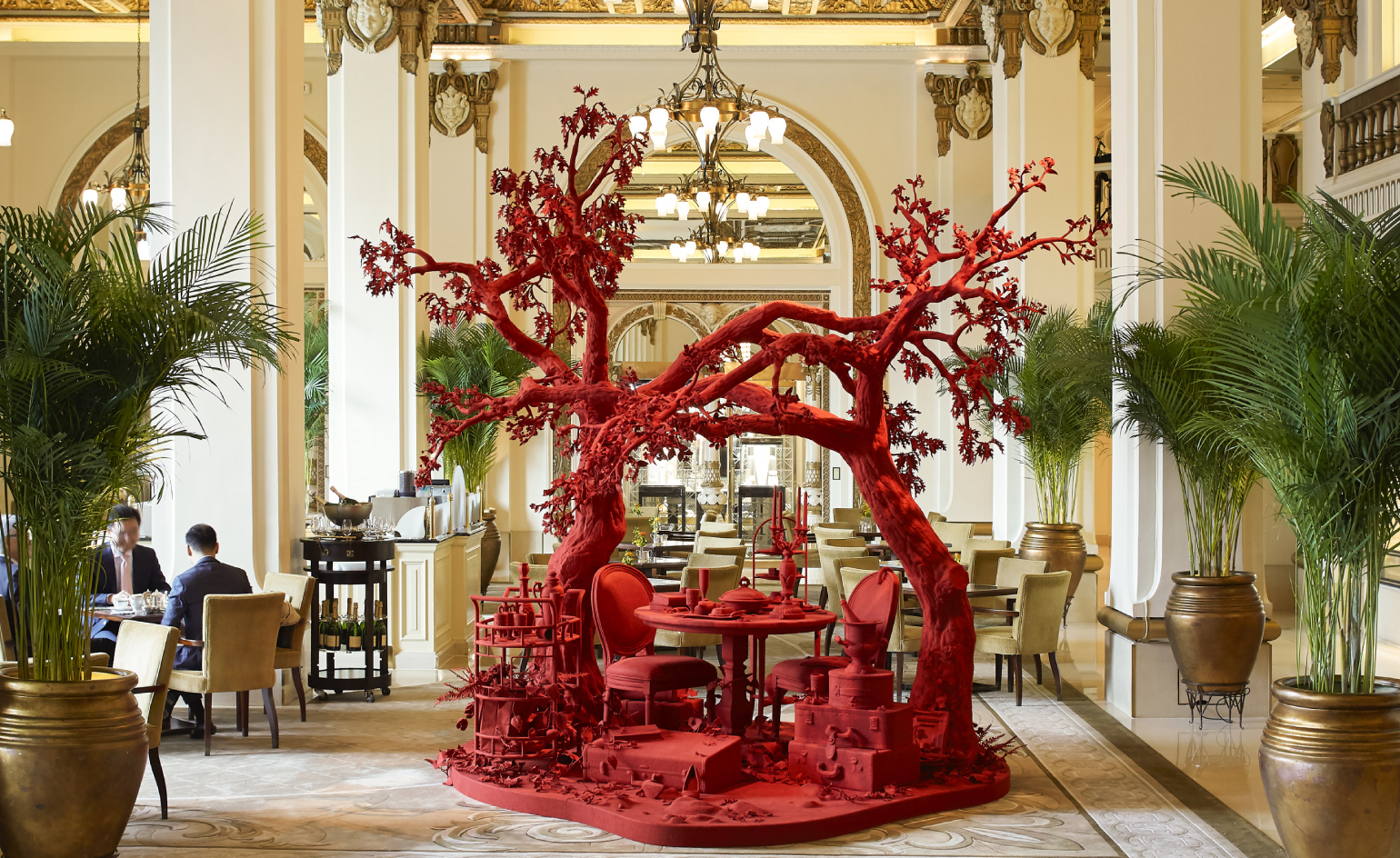 The Peninsula Hotels broadens its artistic horizons with Victoria and Albert Museum partnership
The Peninsula Hotels broadens its artistic horizons with Victoria and Albert Museum partnershipThe Peninsula Hotels and Victoria and Albert Museum announce a multi-year collaboration set to produce world-class art experiences around the world
-
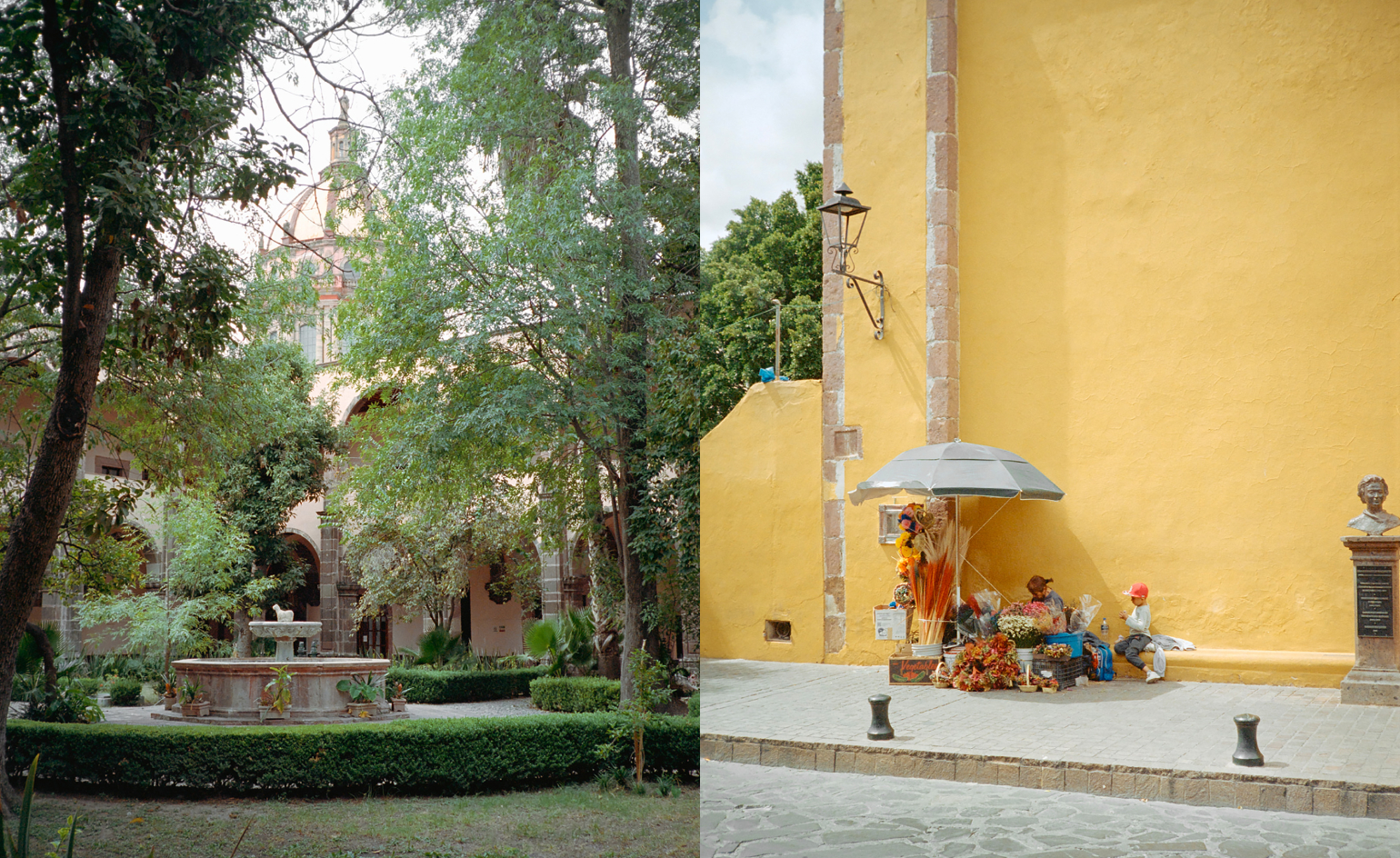 Take a trip to San Miguel de Allende, the Mexican City attracting a flourishing creative crowd
Take a trip to San Miguel de Allende, the Mexican City attracting a flourishing creative crowdSan Miguel de Allende is home to a bold young crowd of talent that’s thriving off the city’s brightly-hued heritage